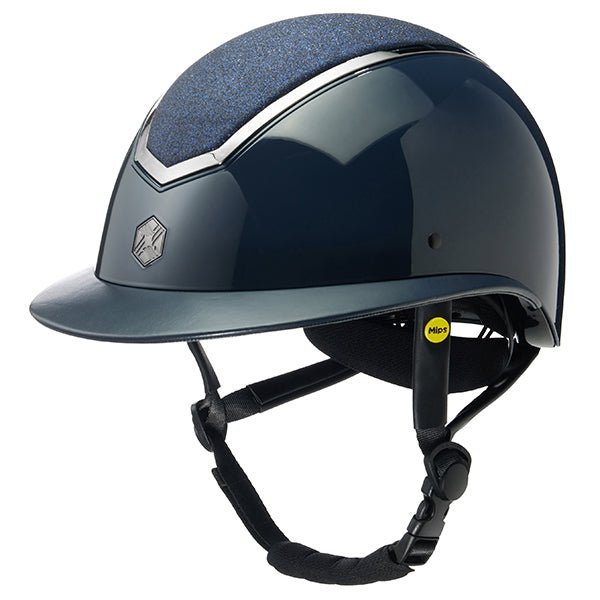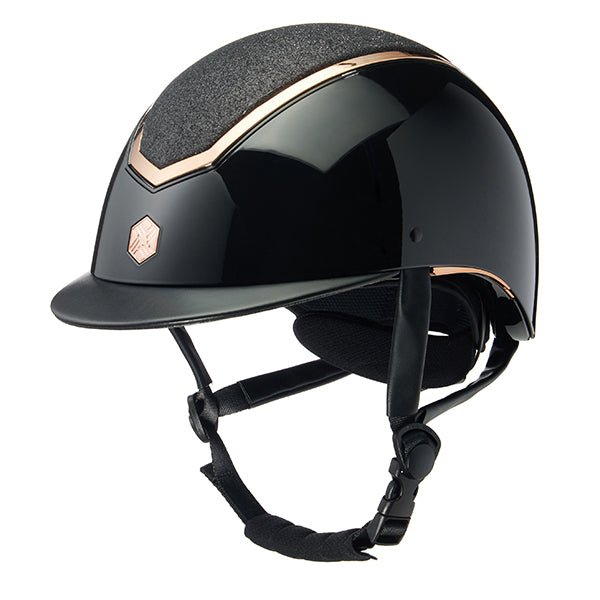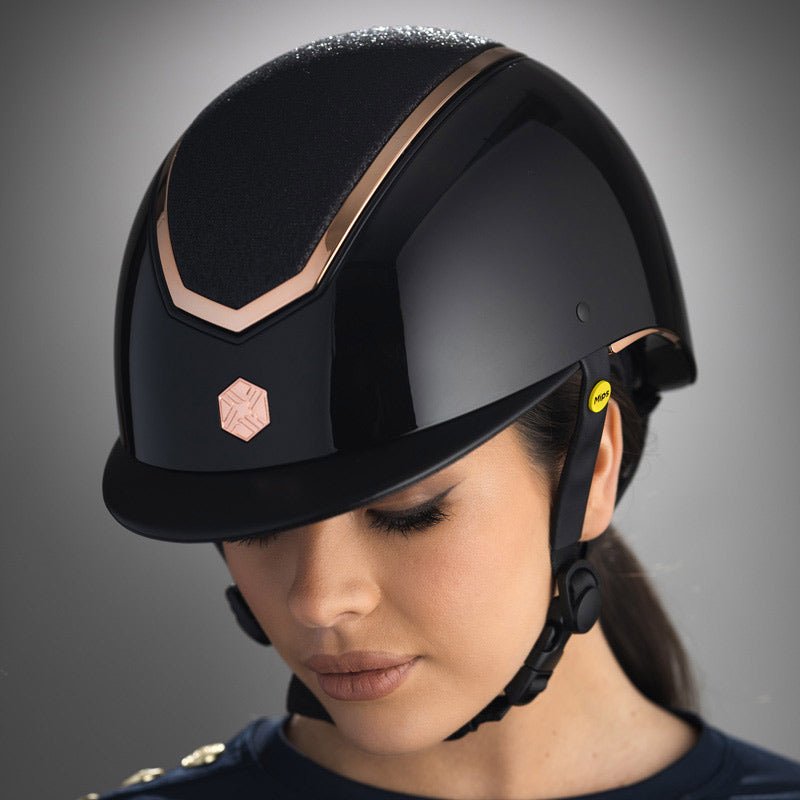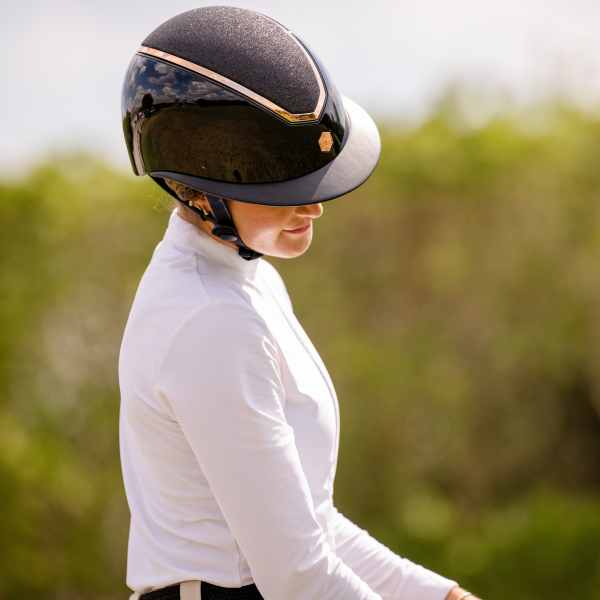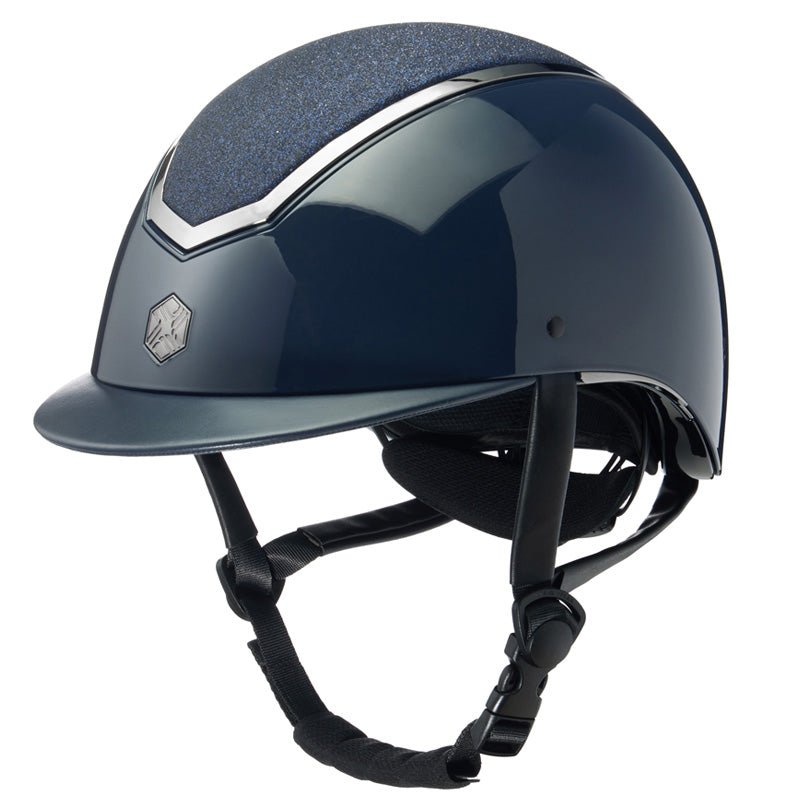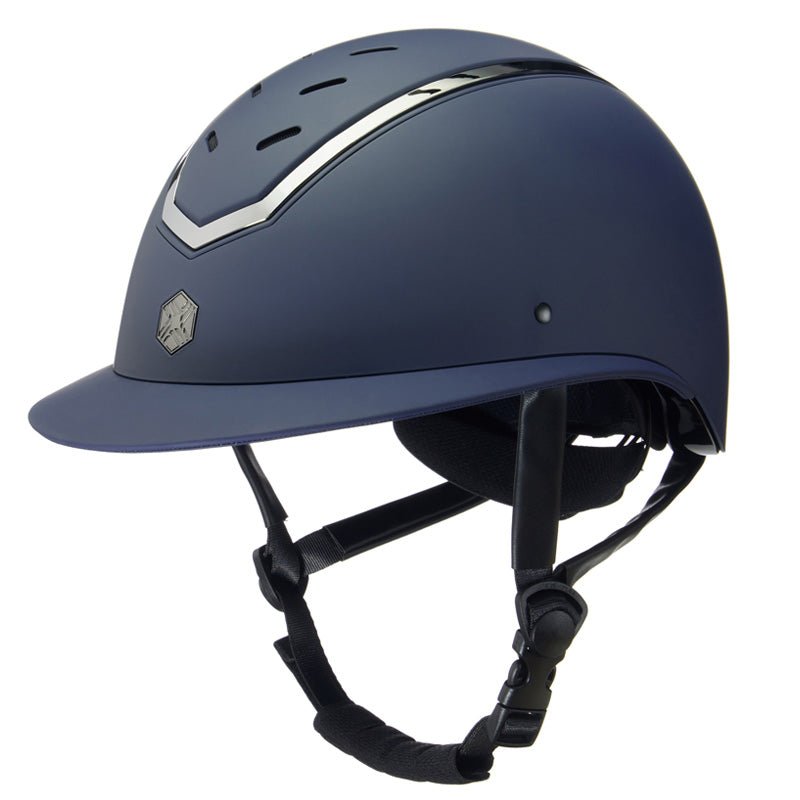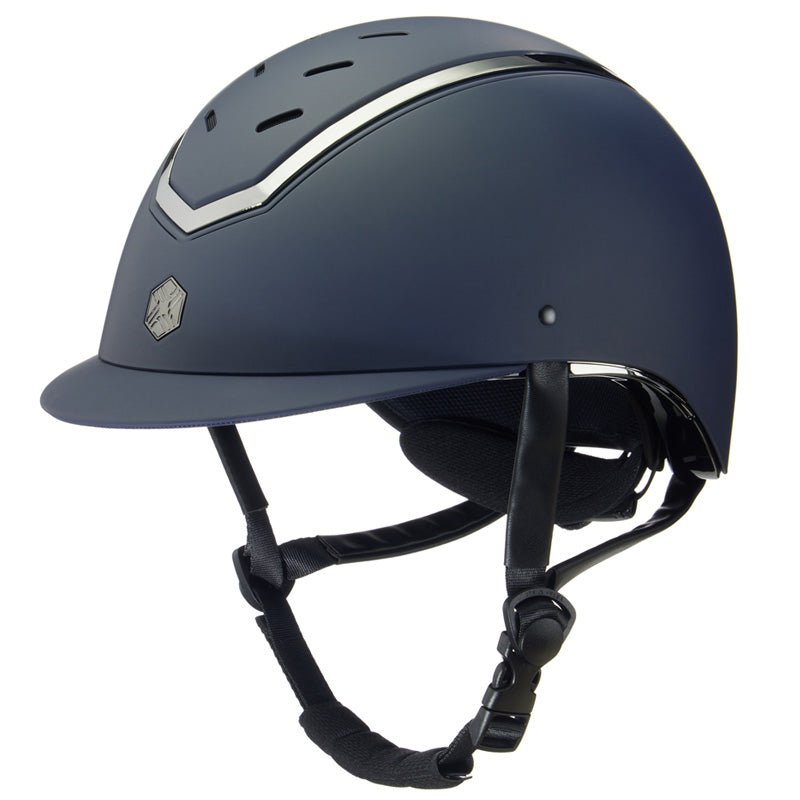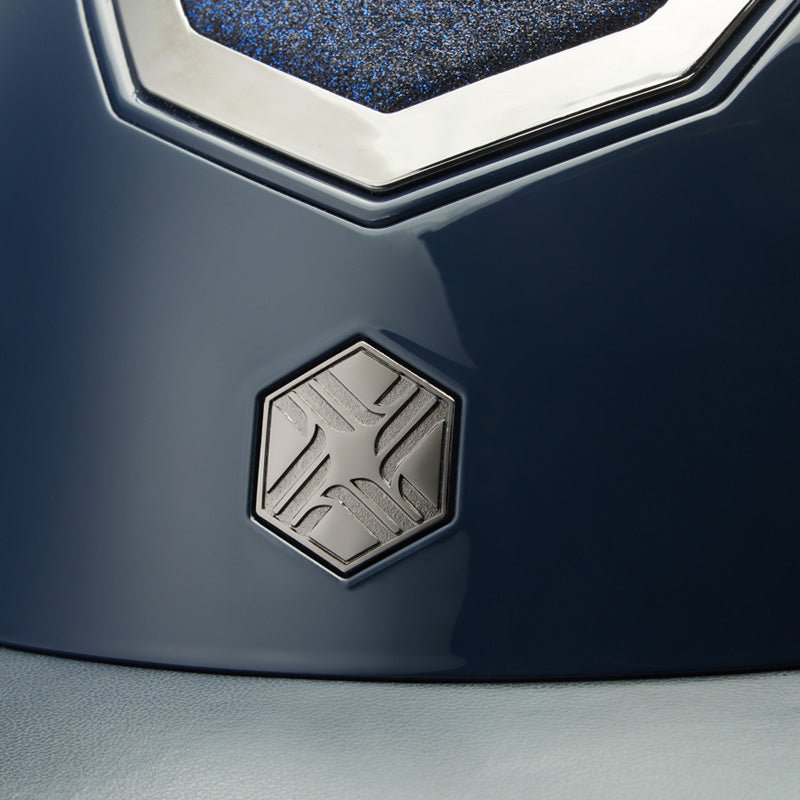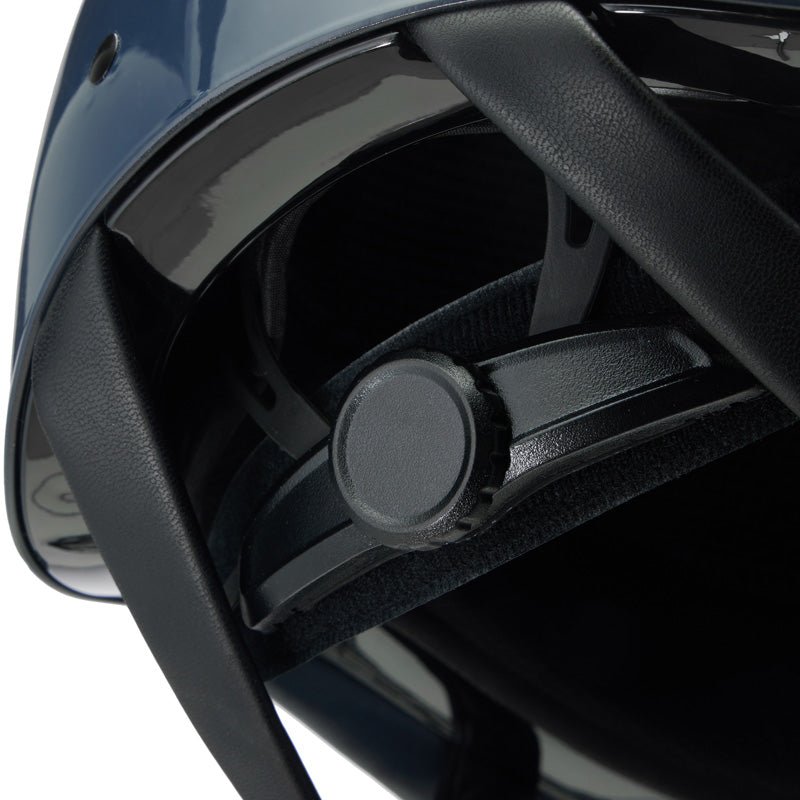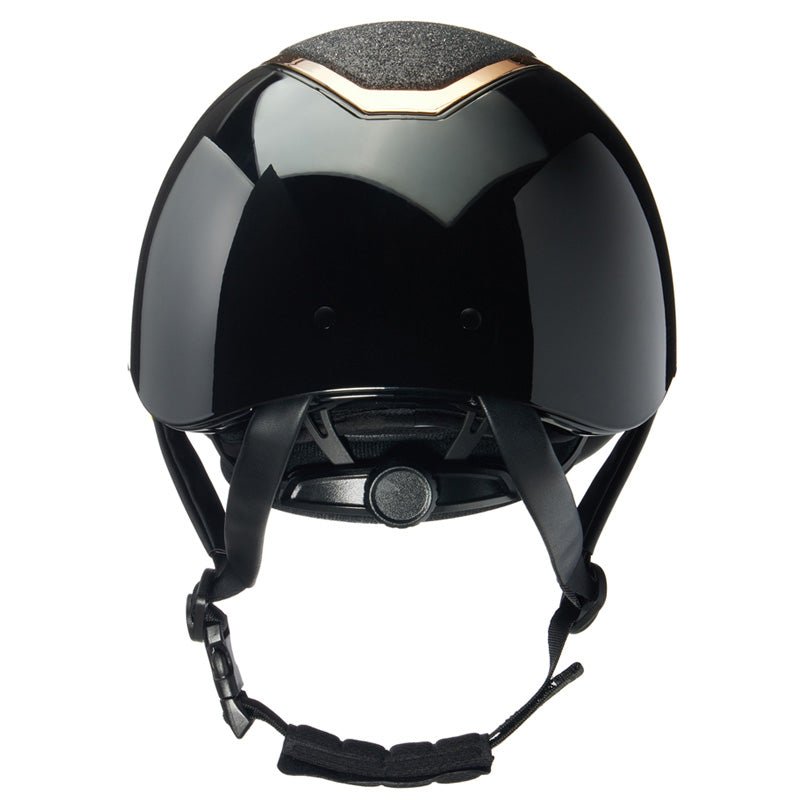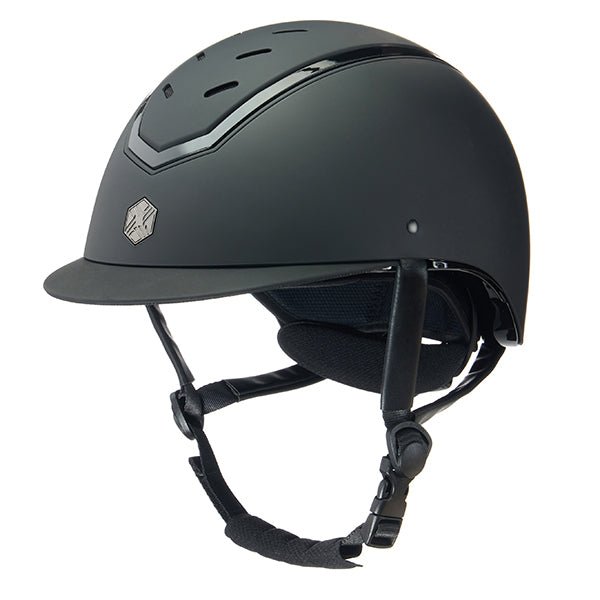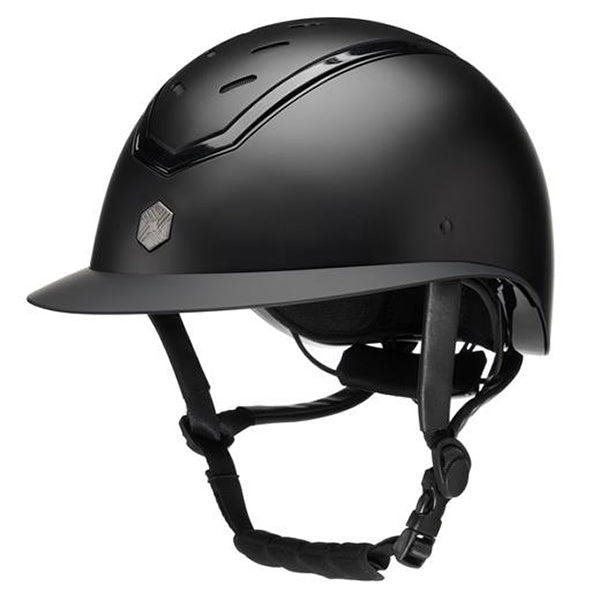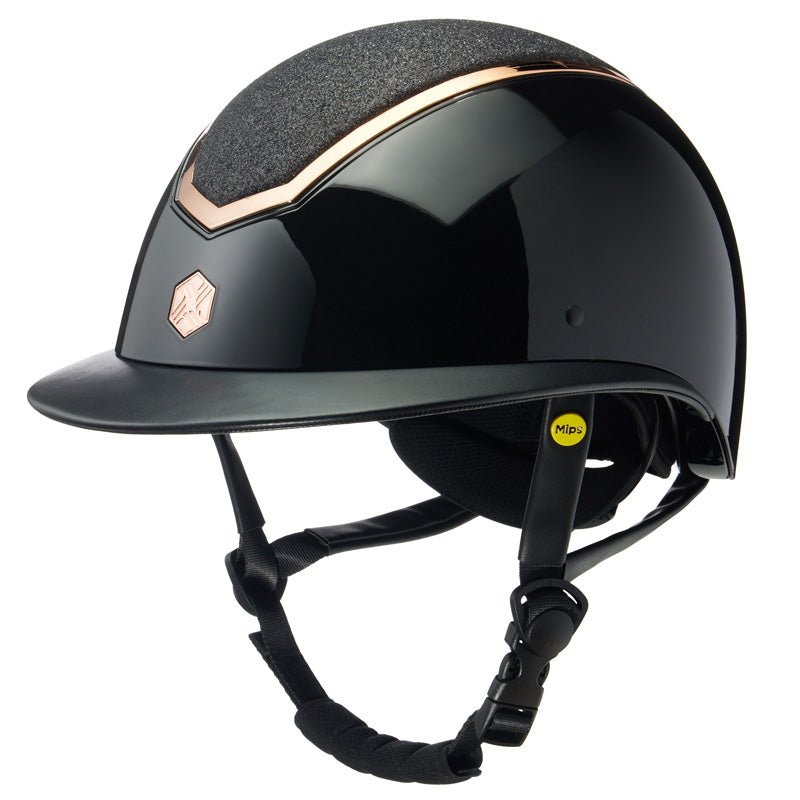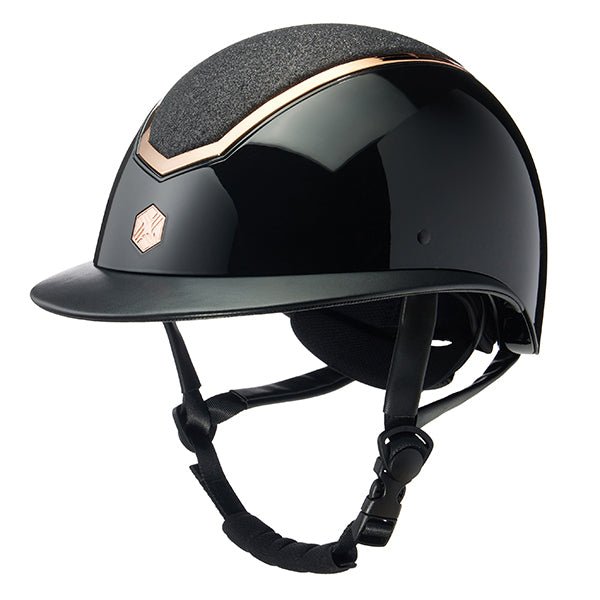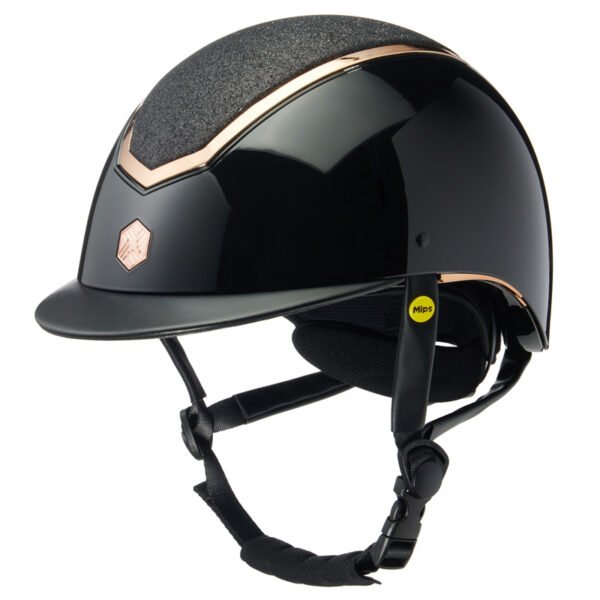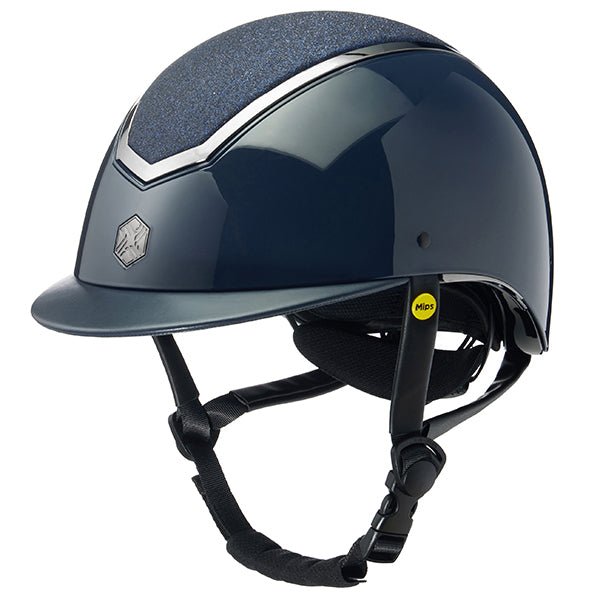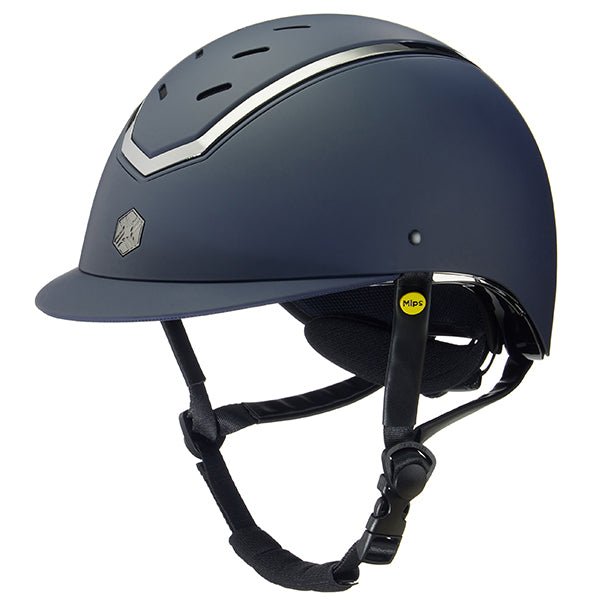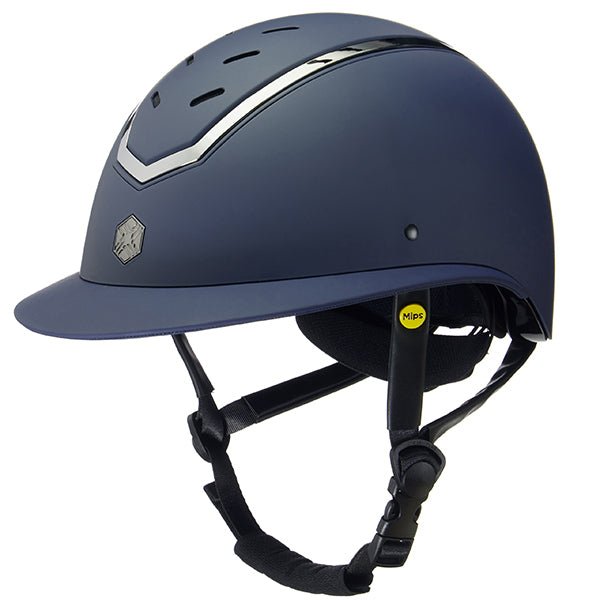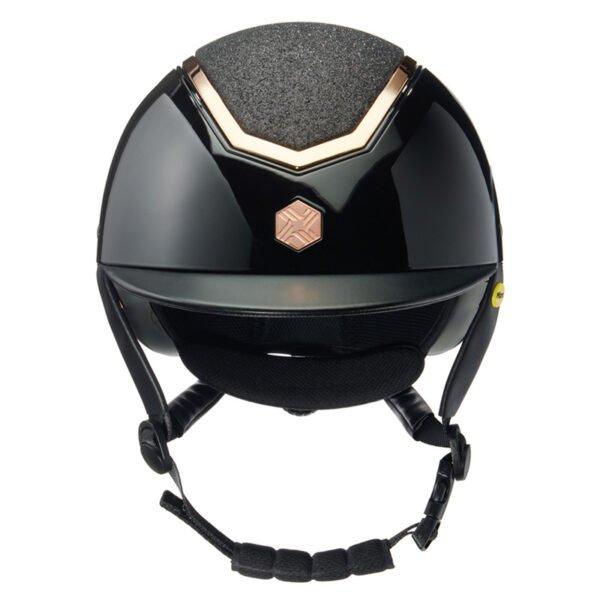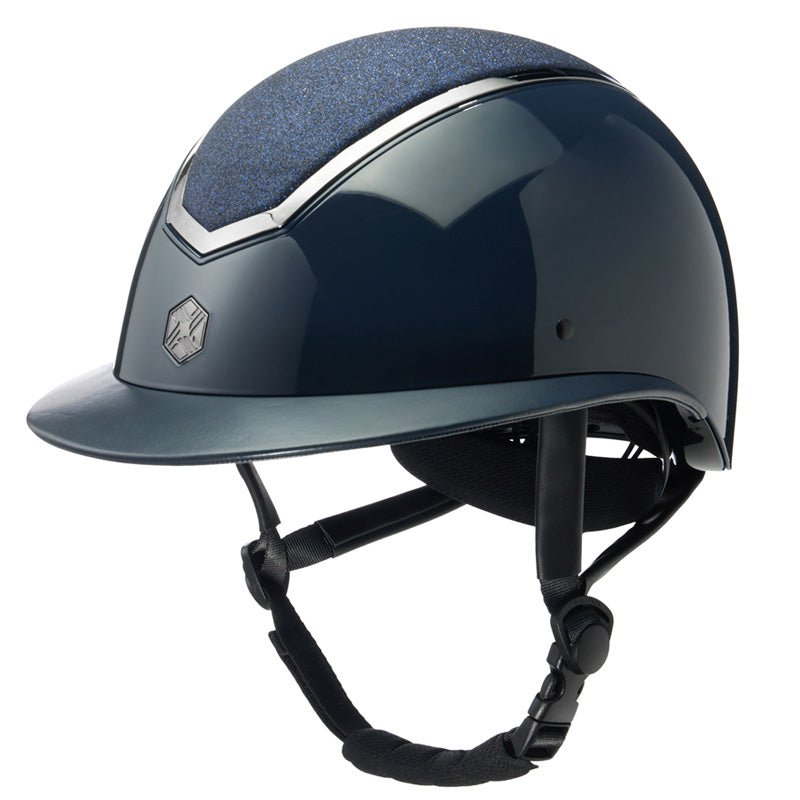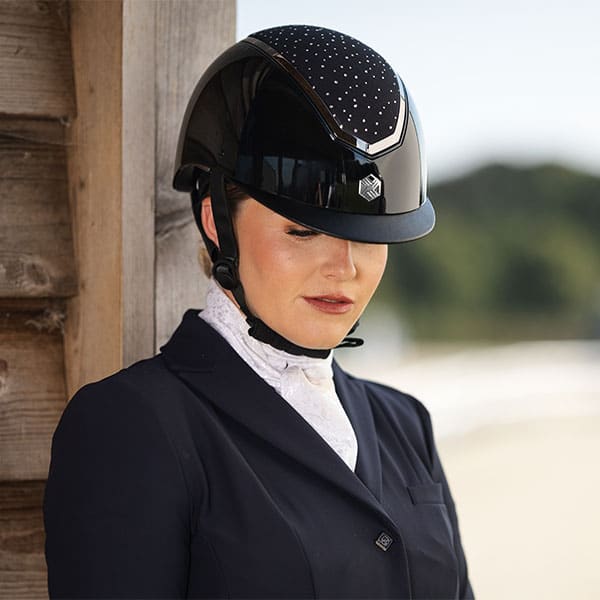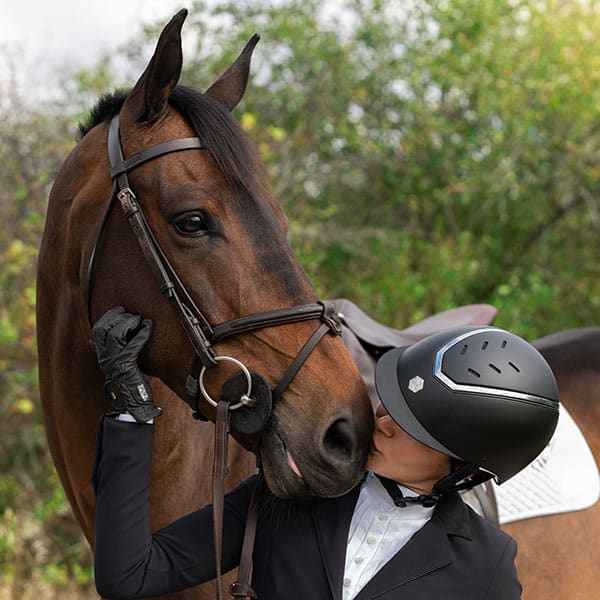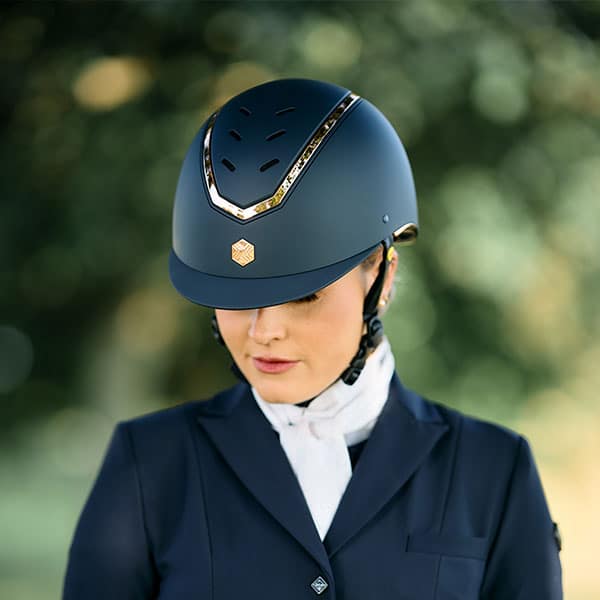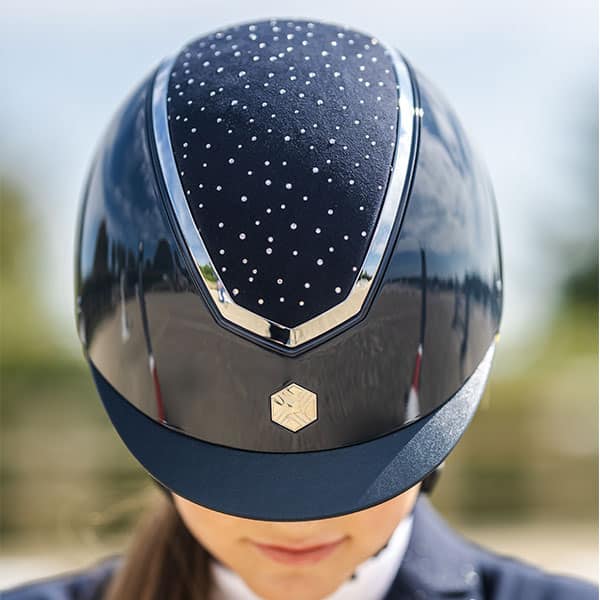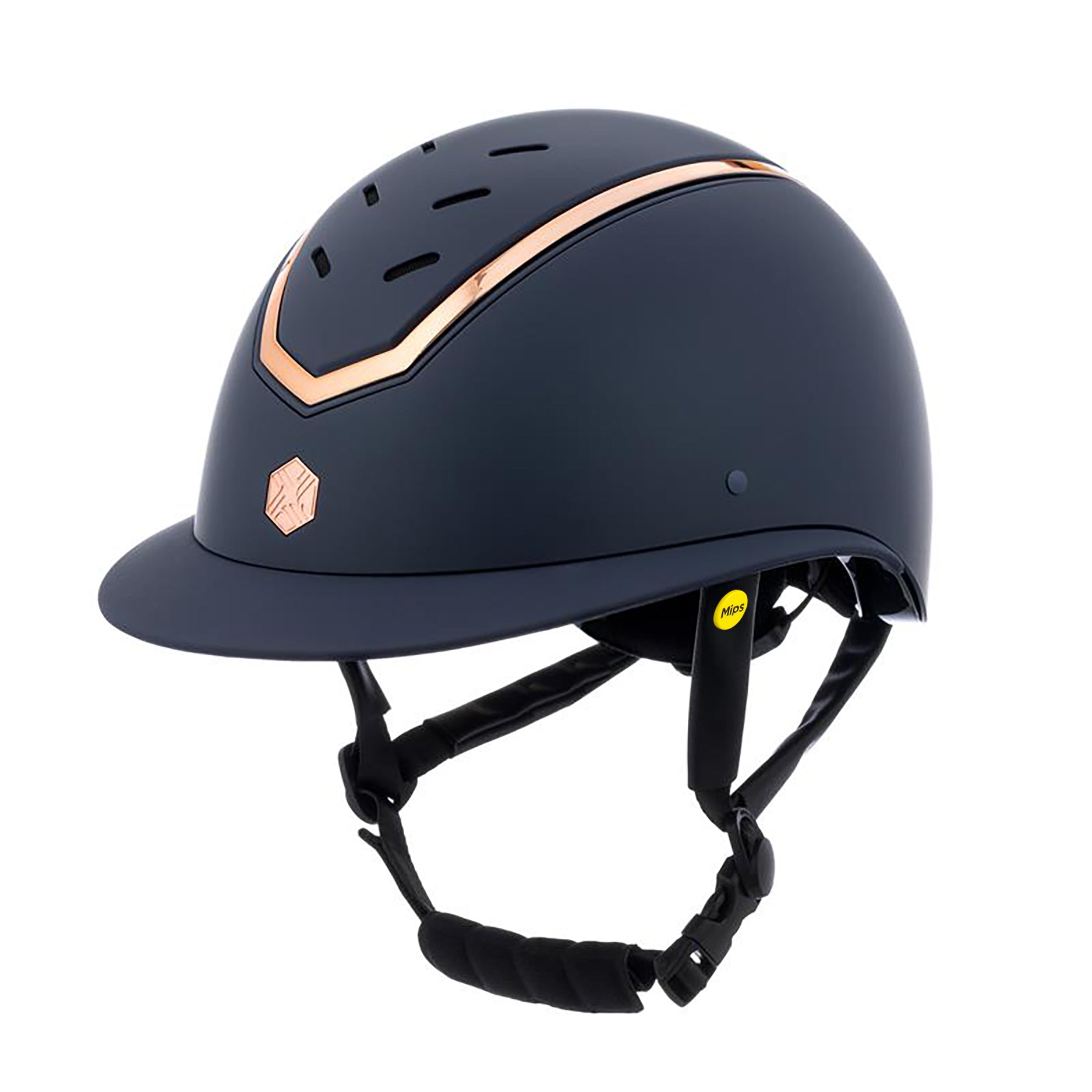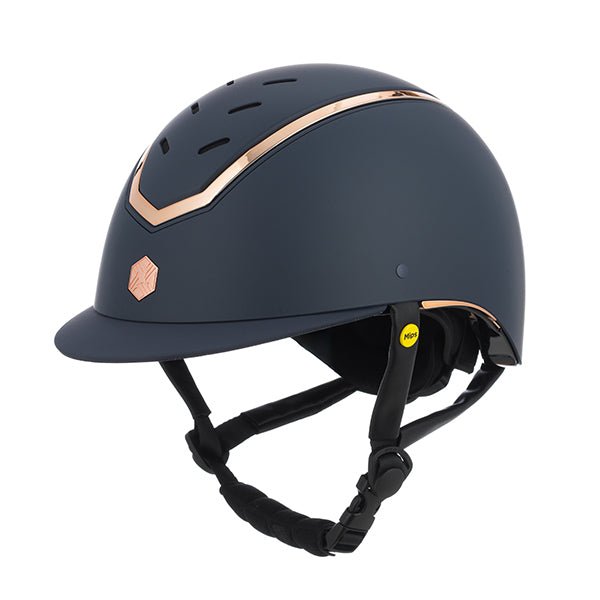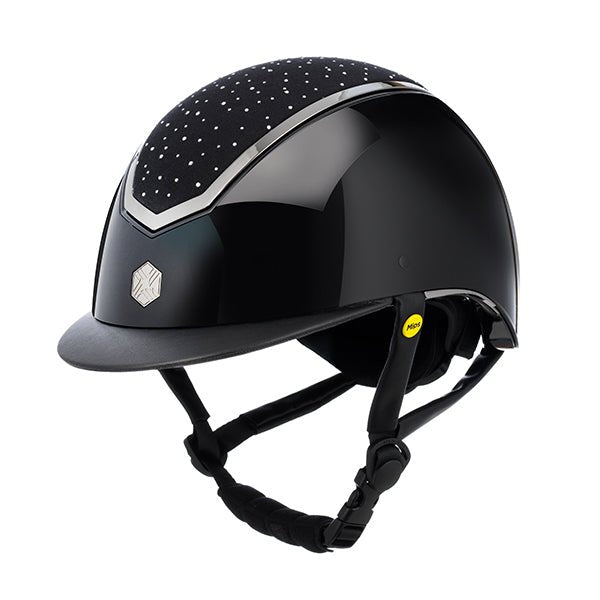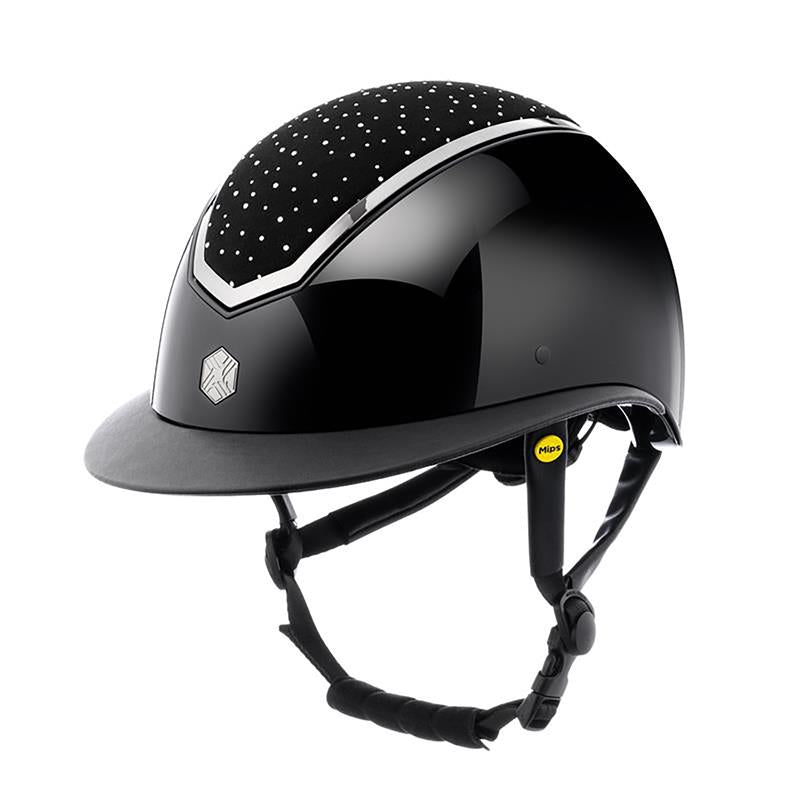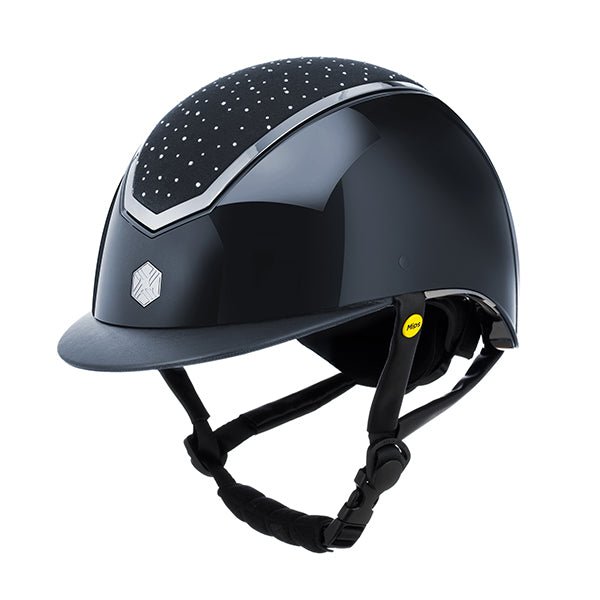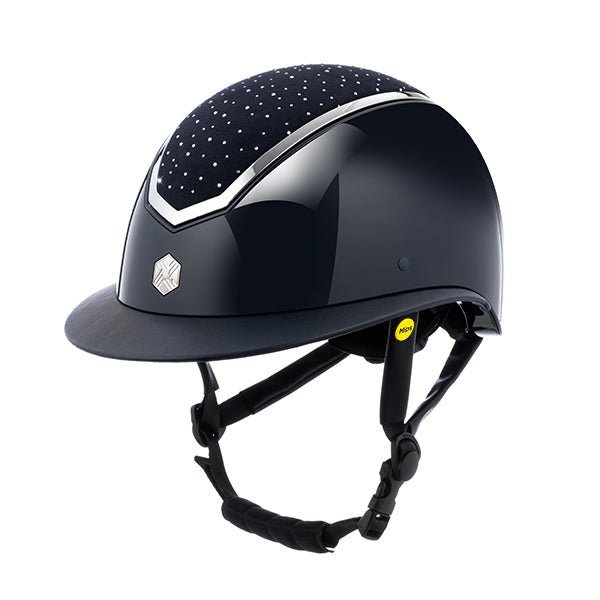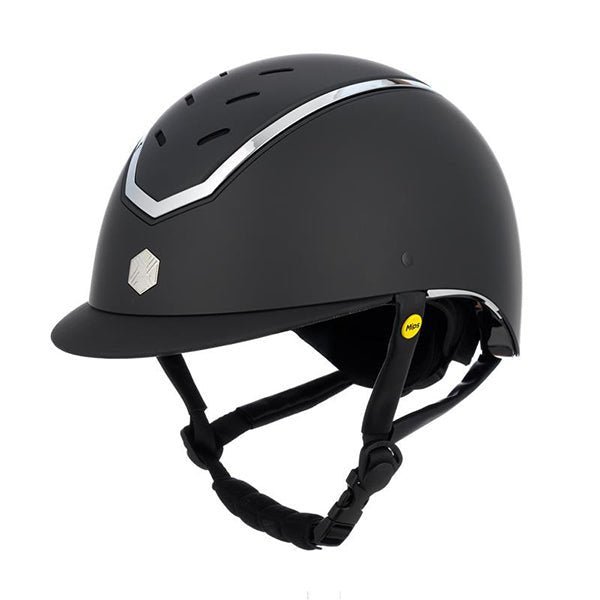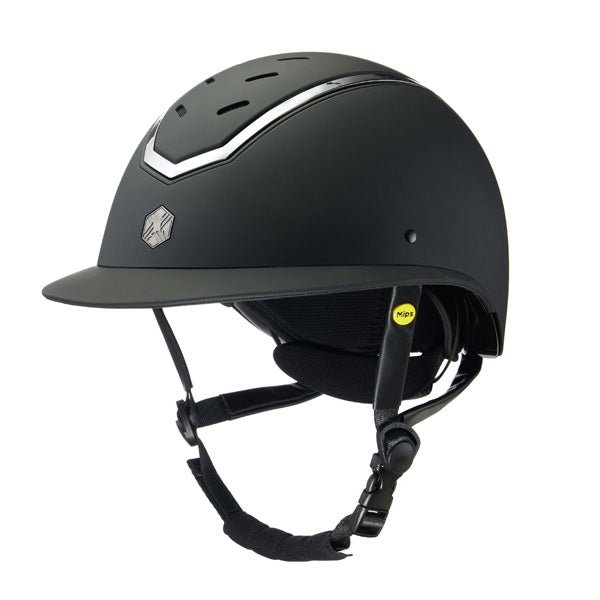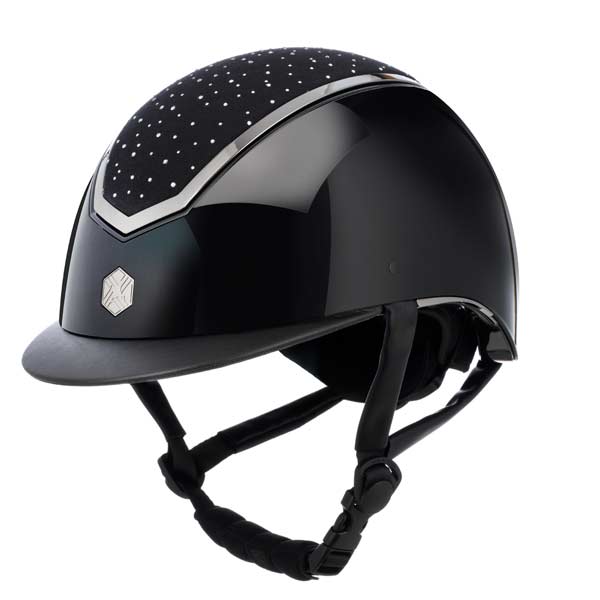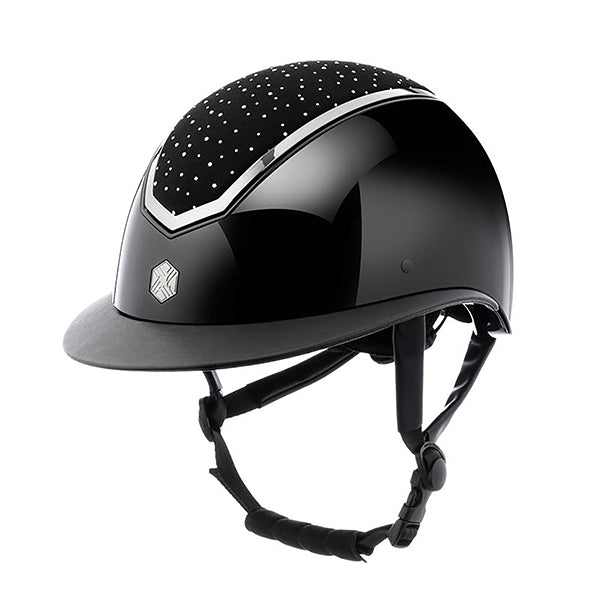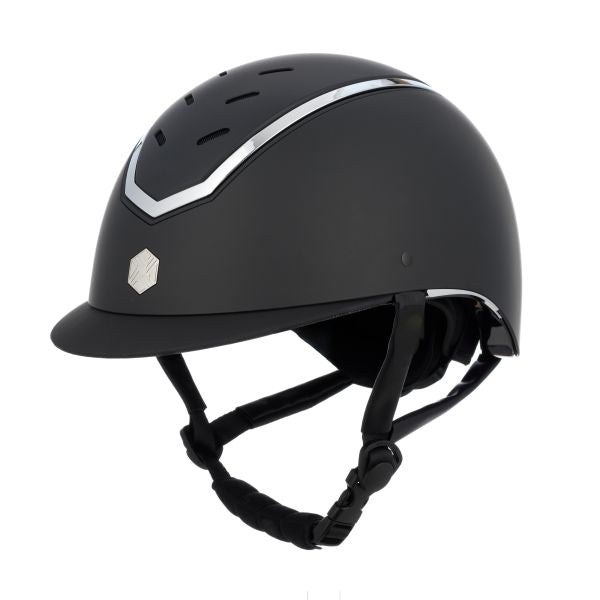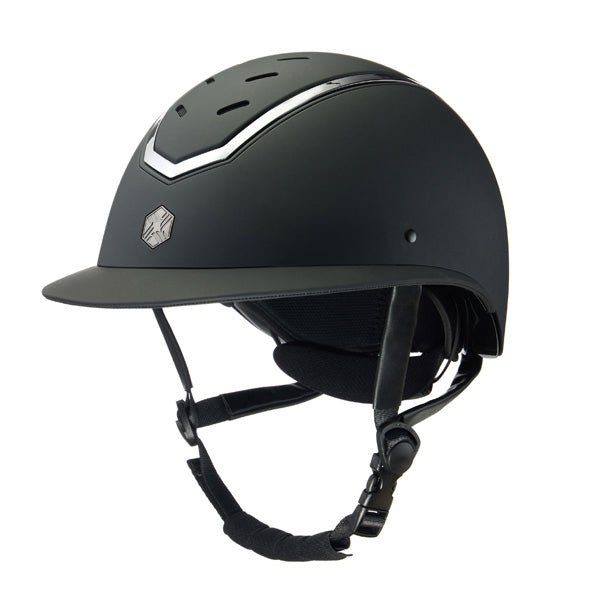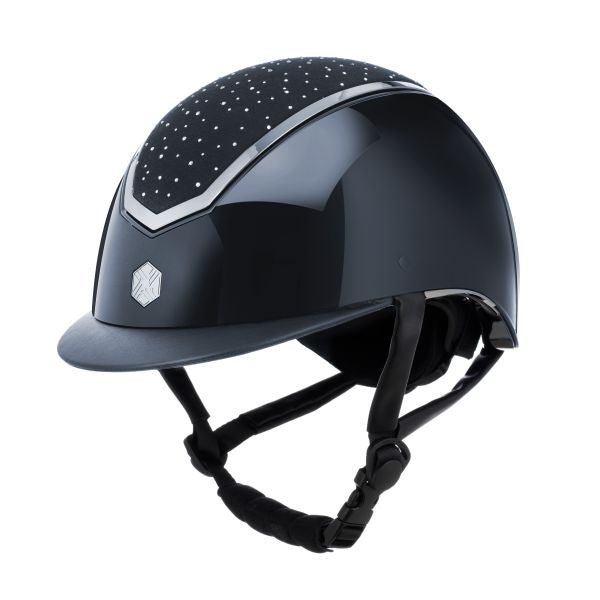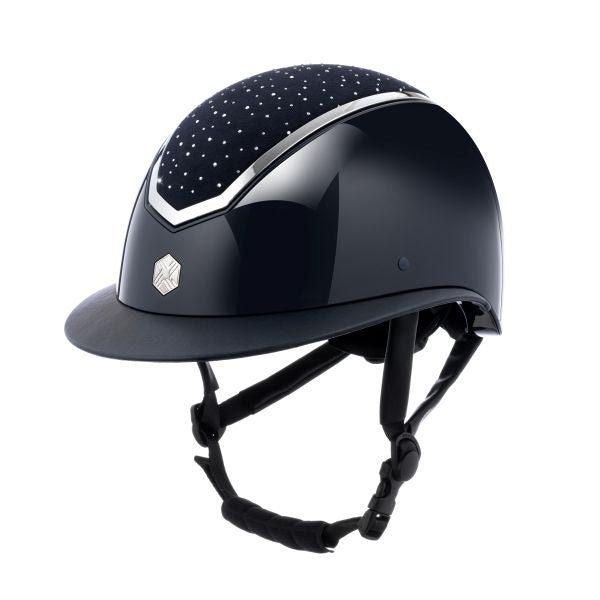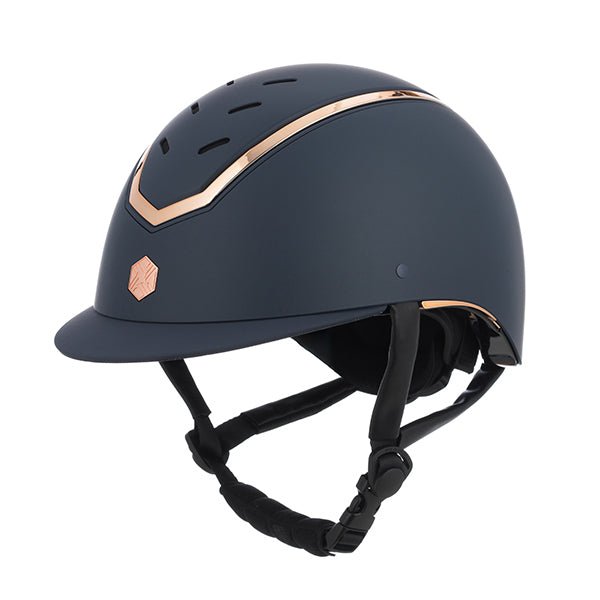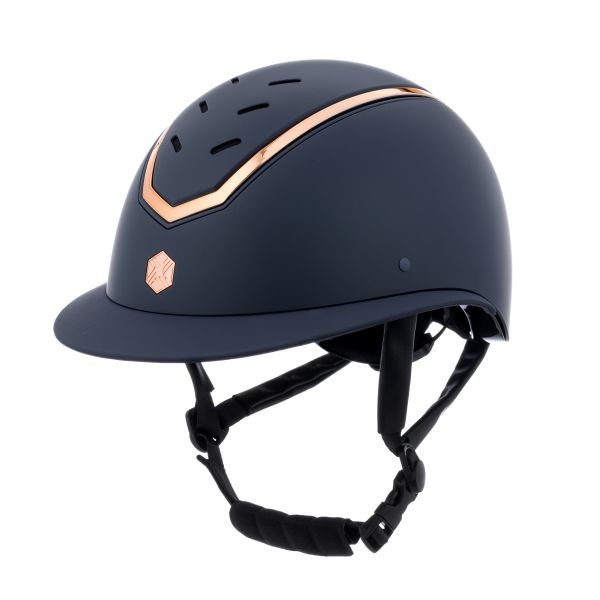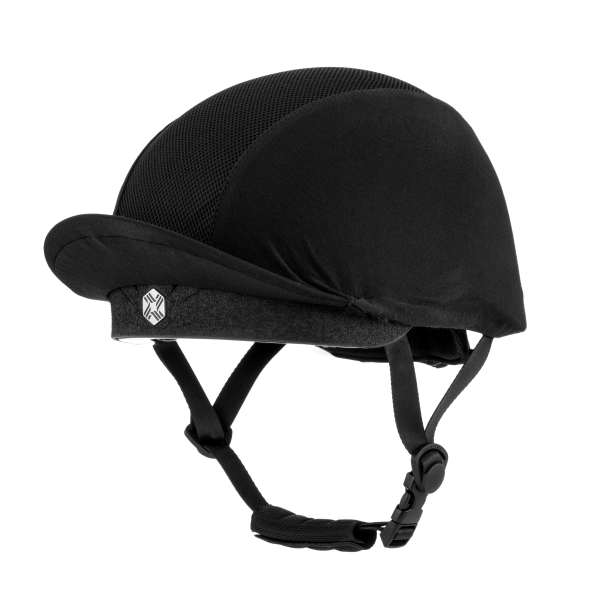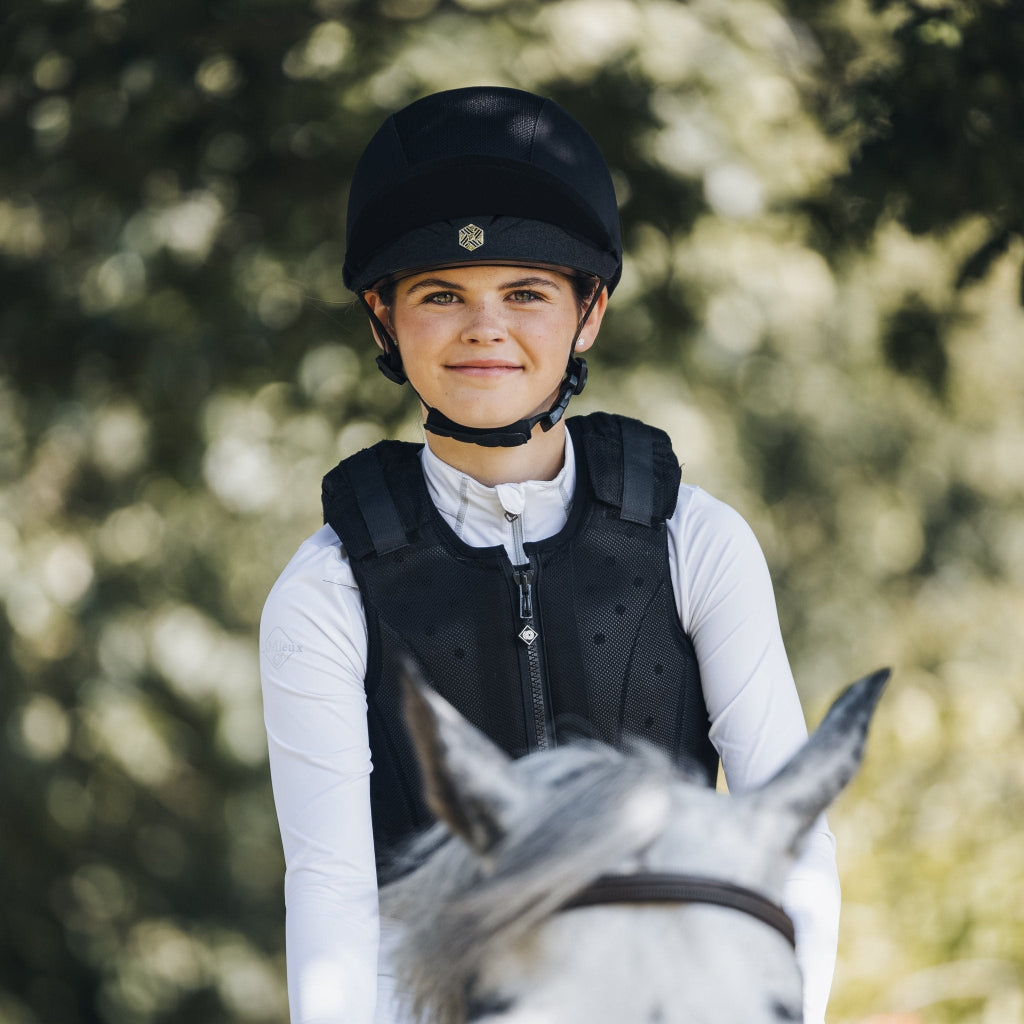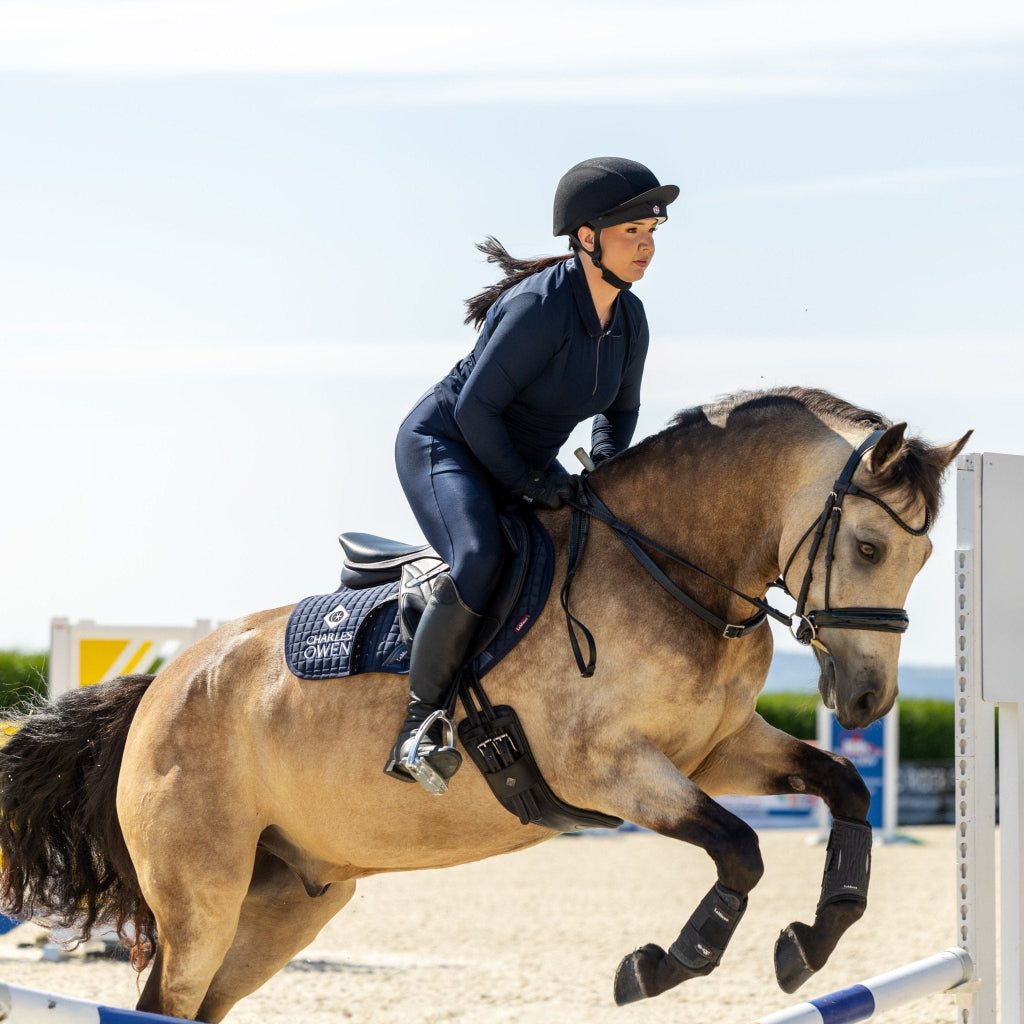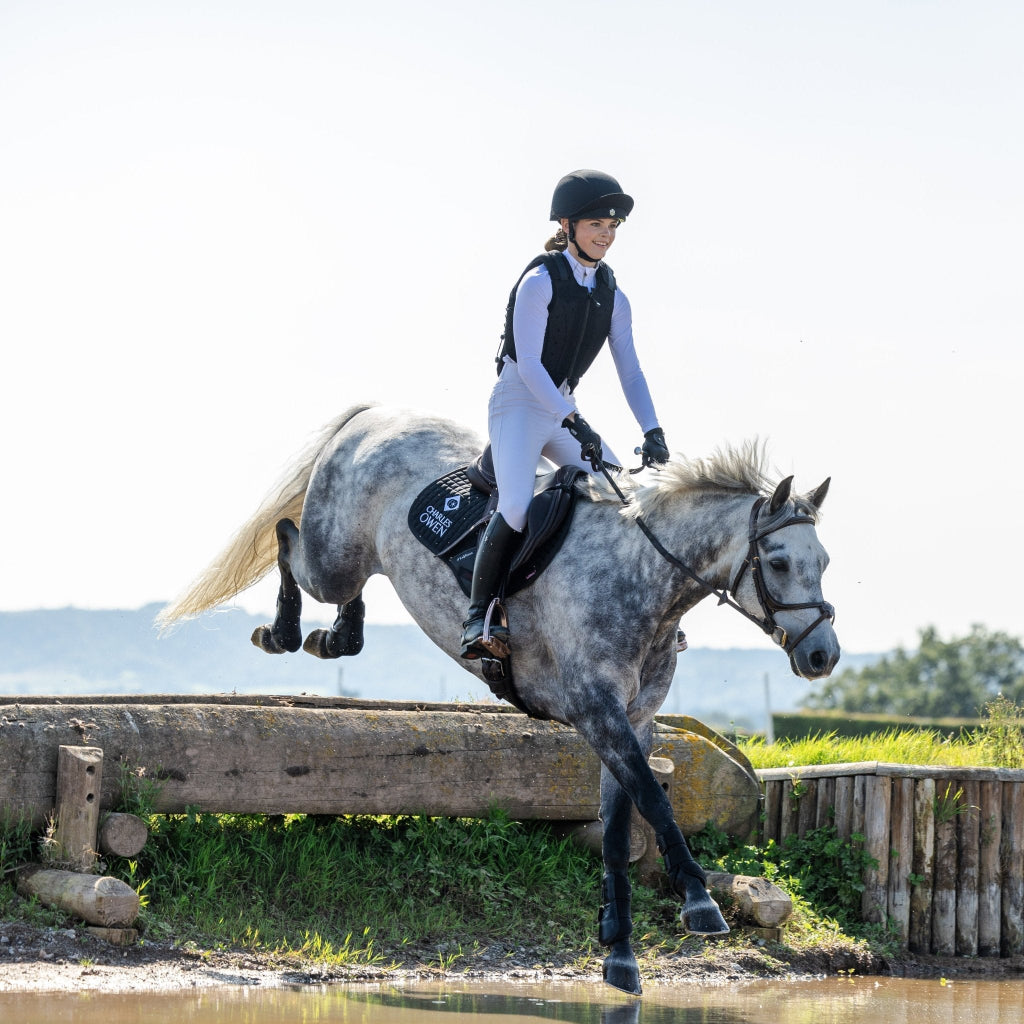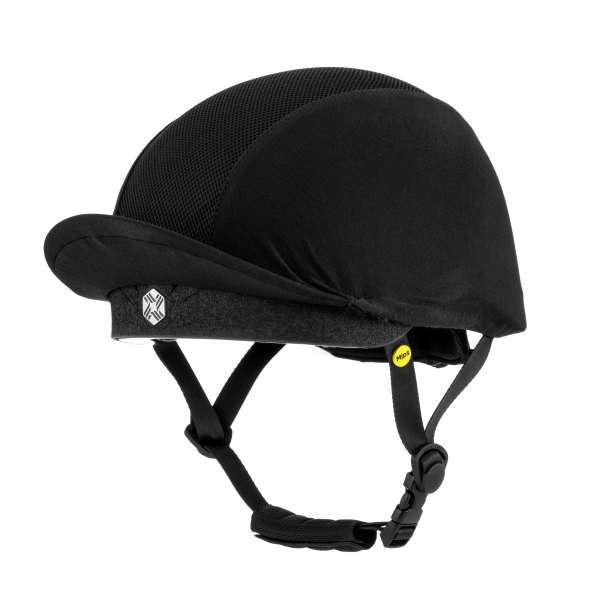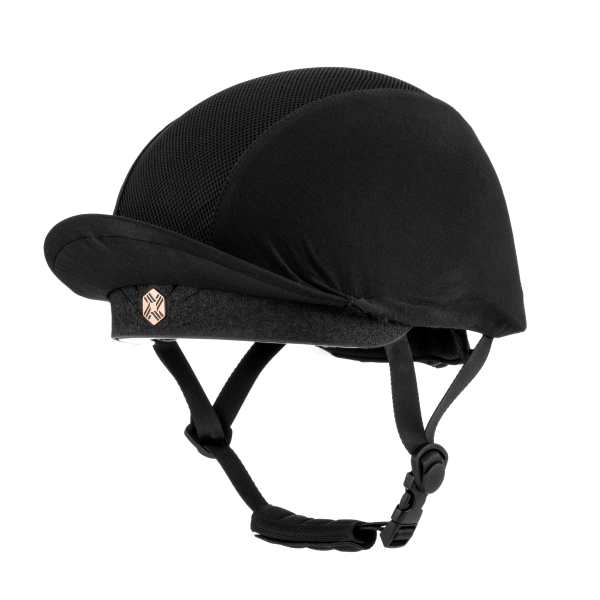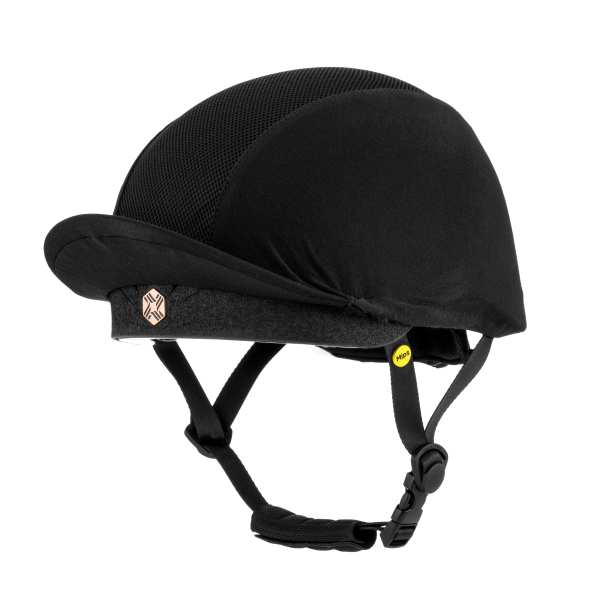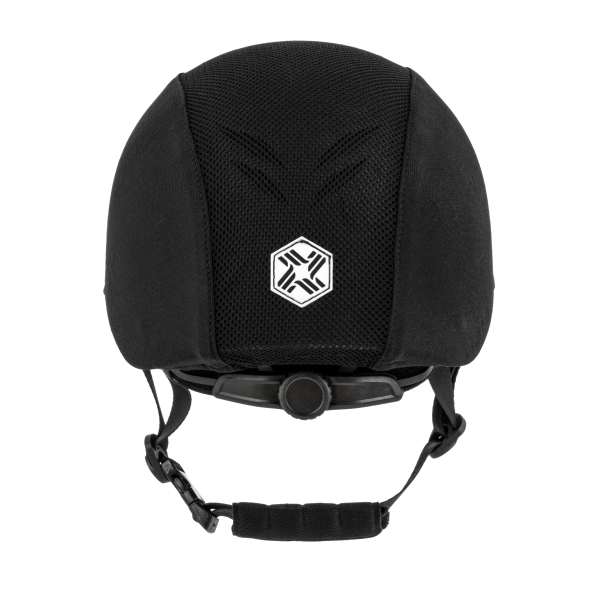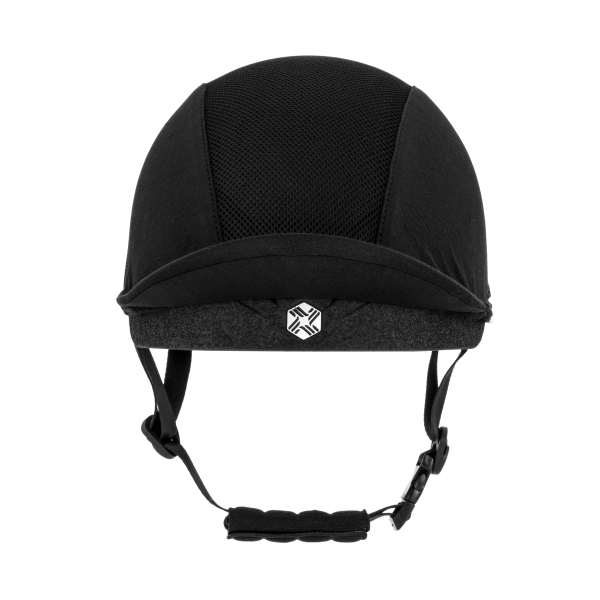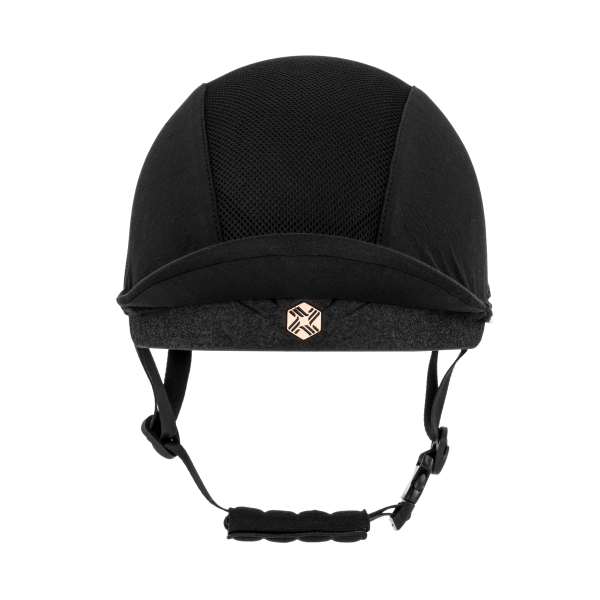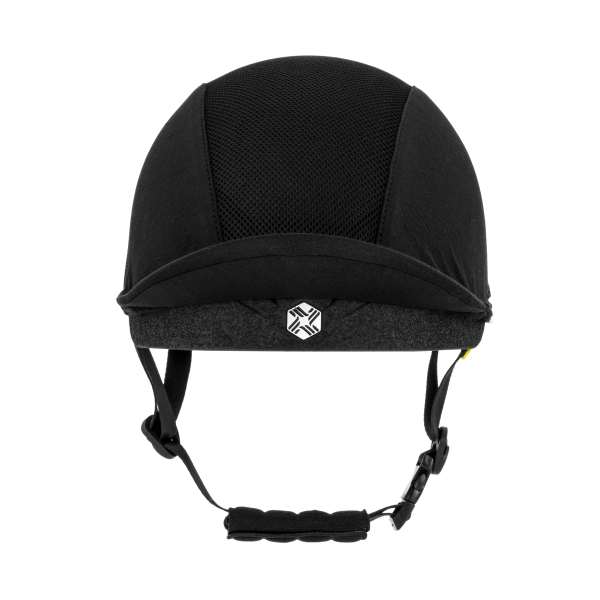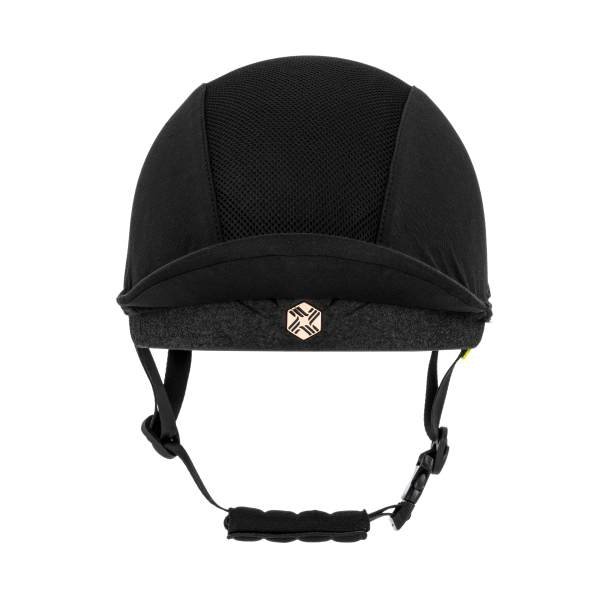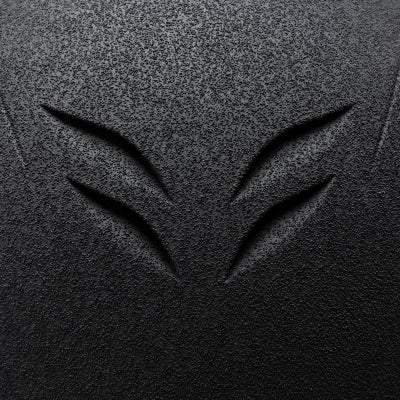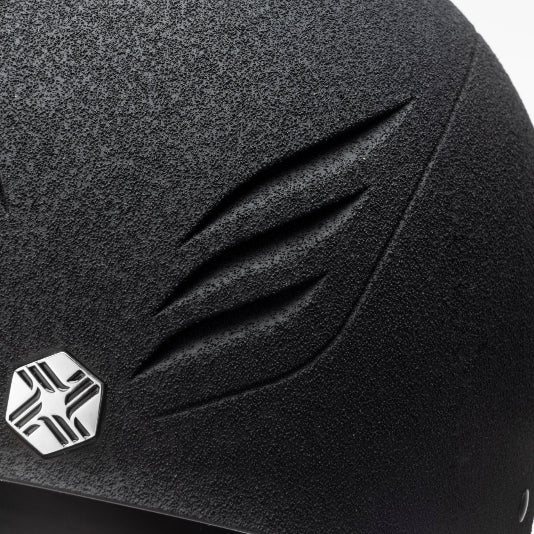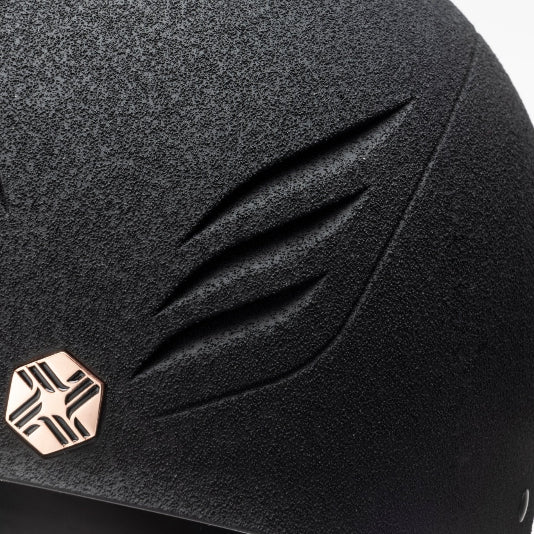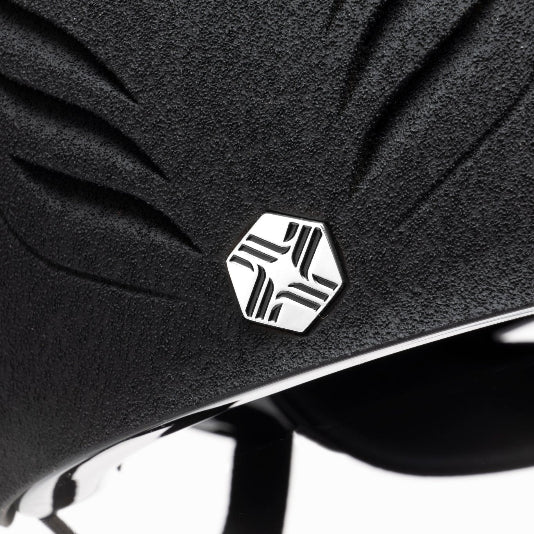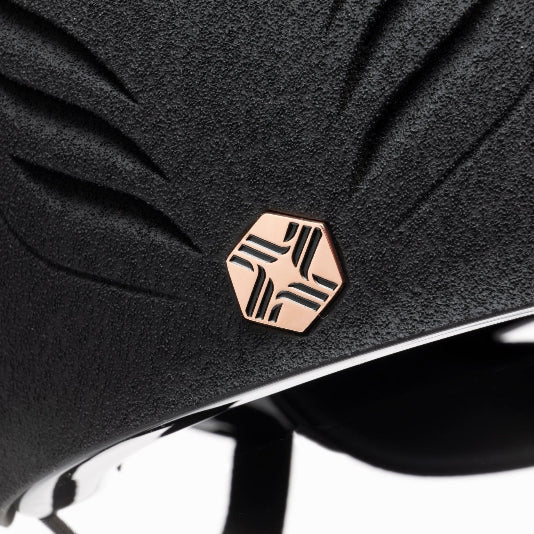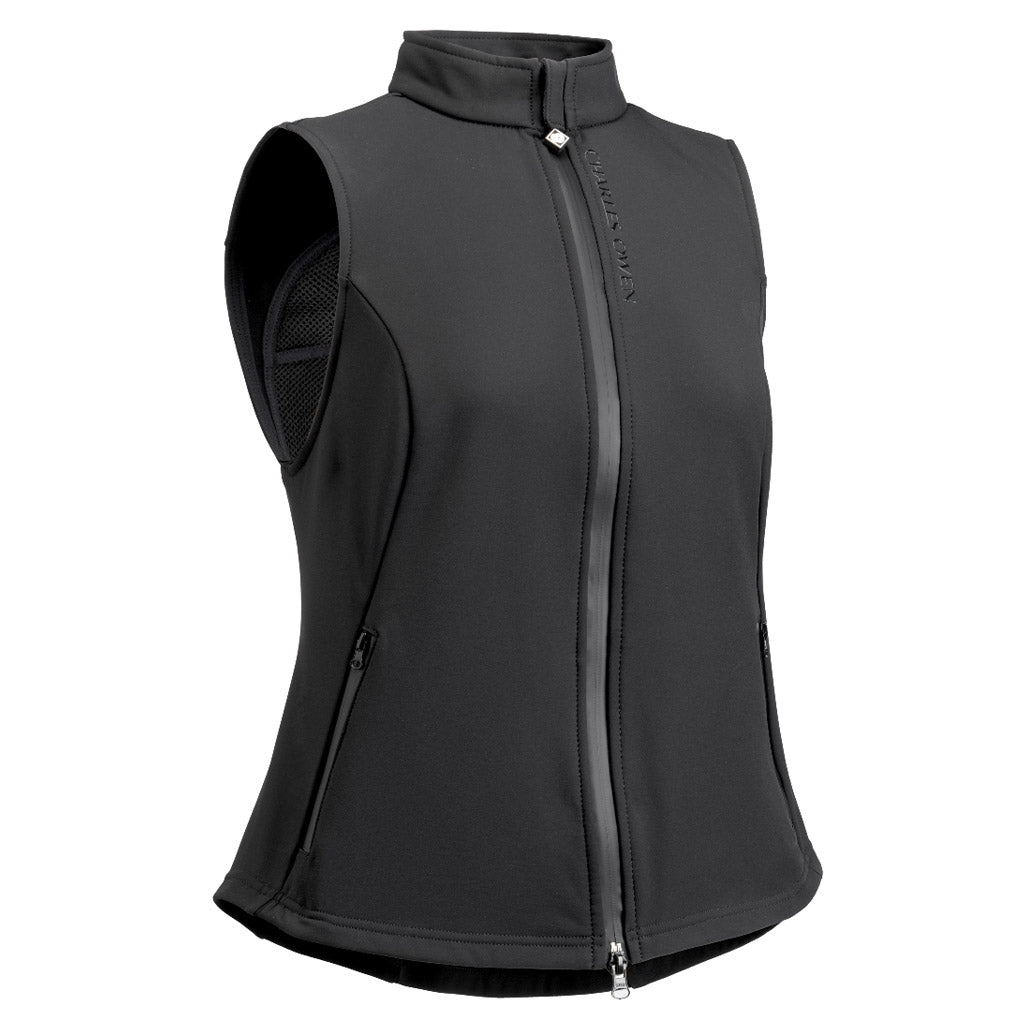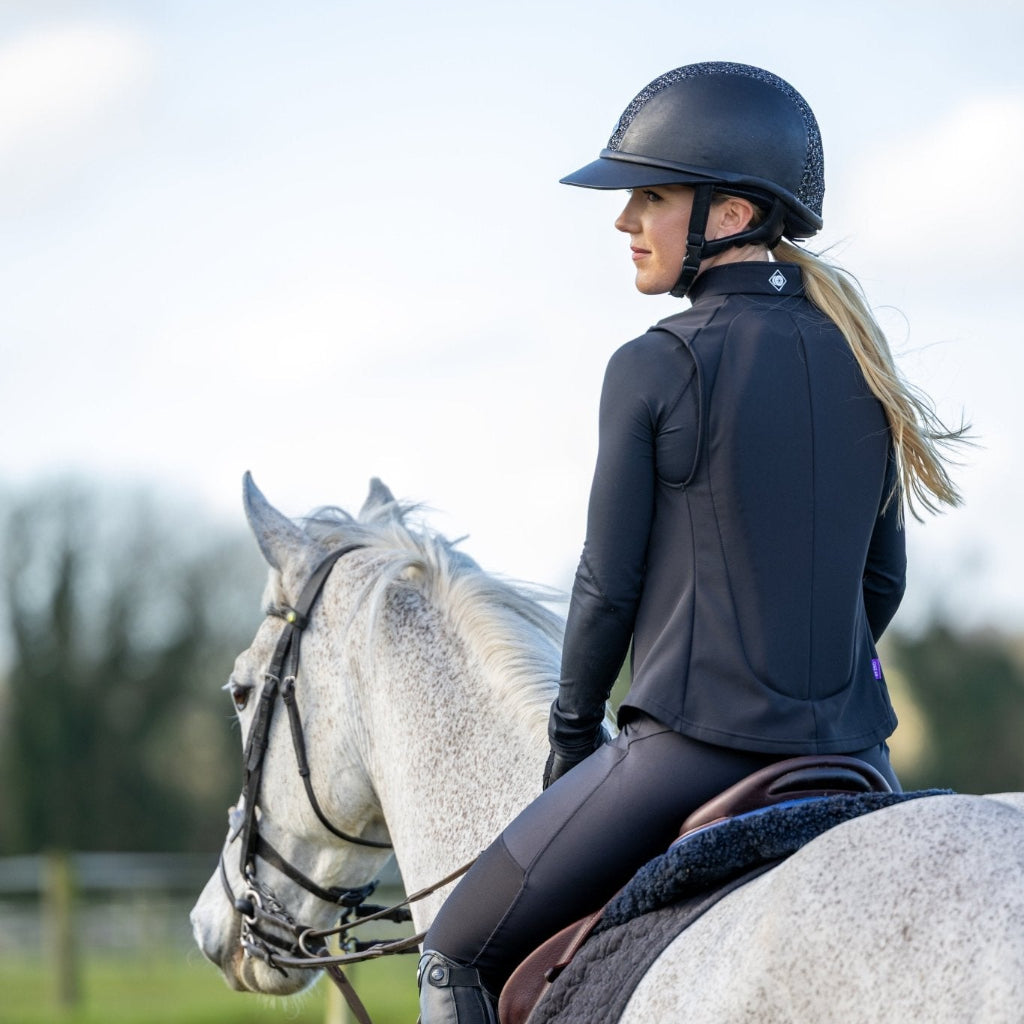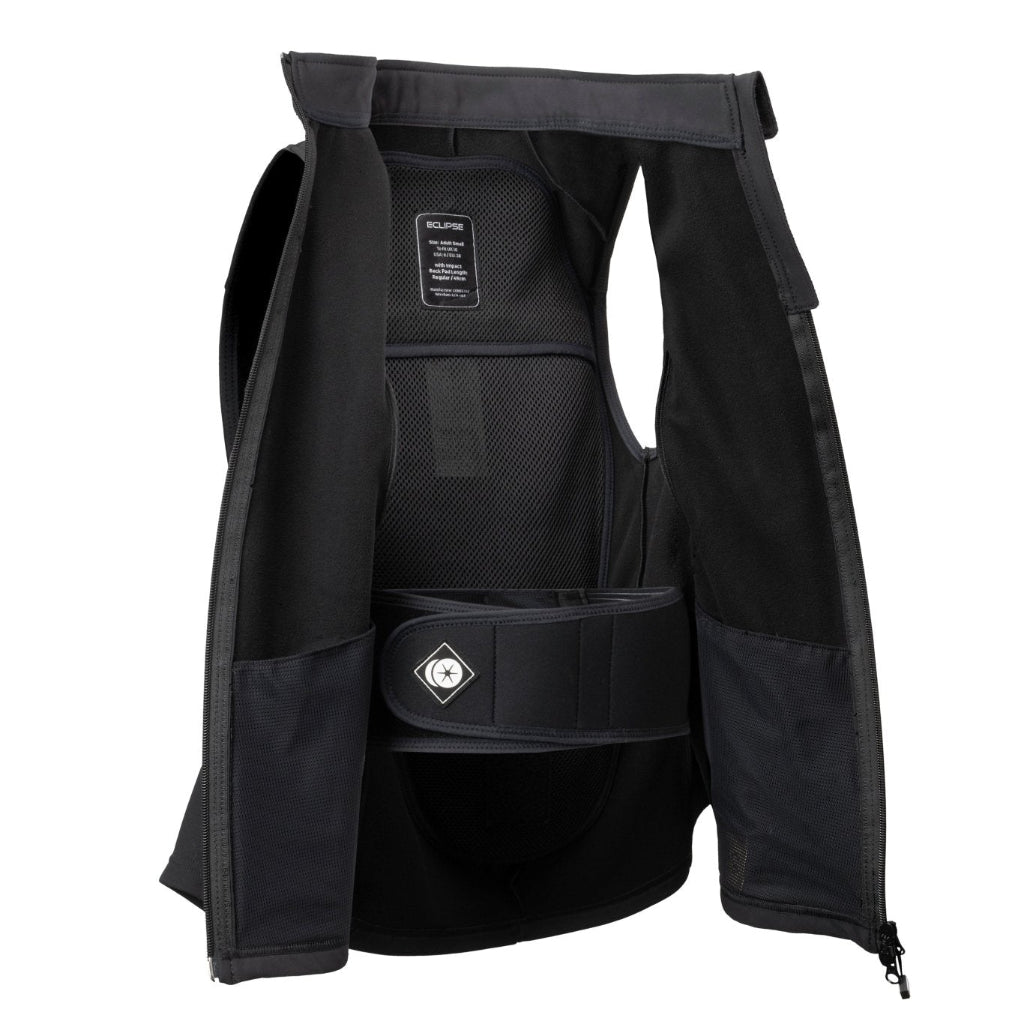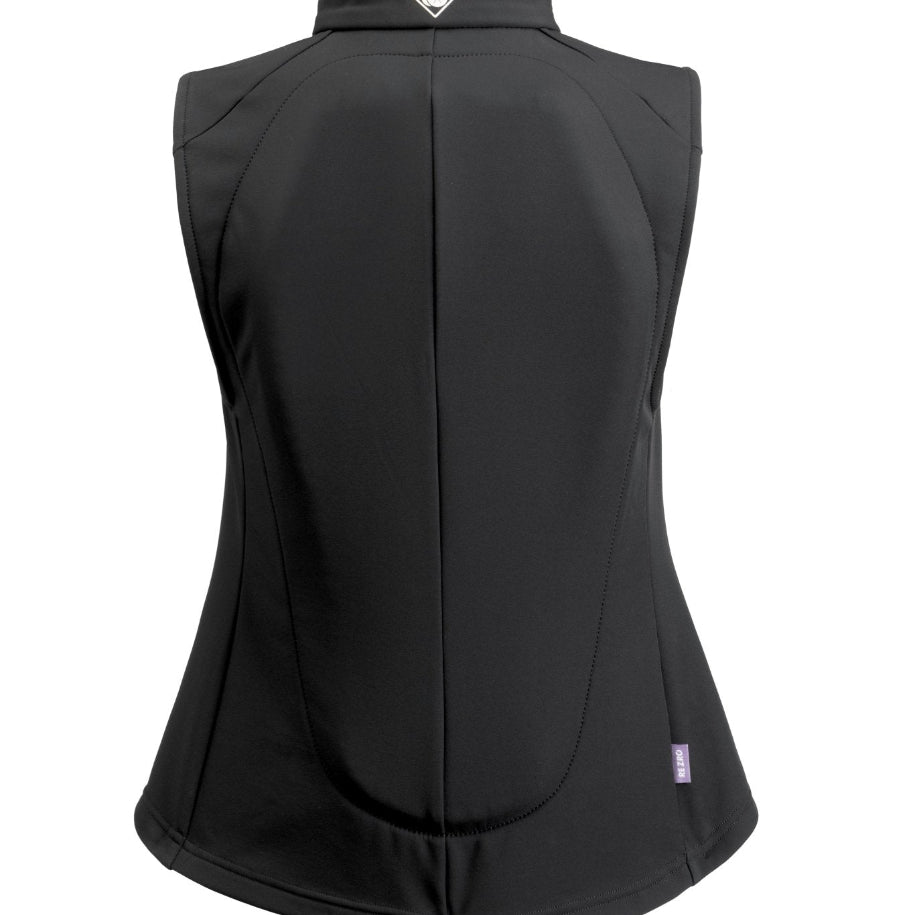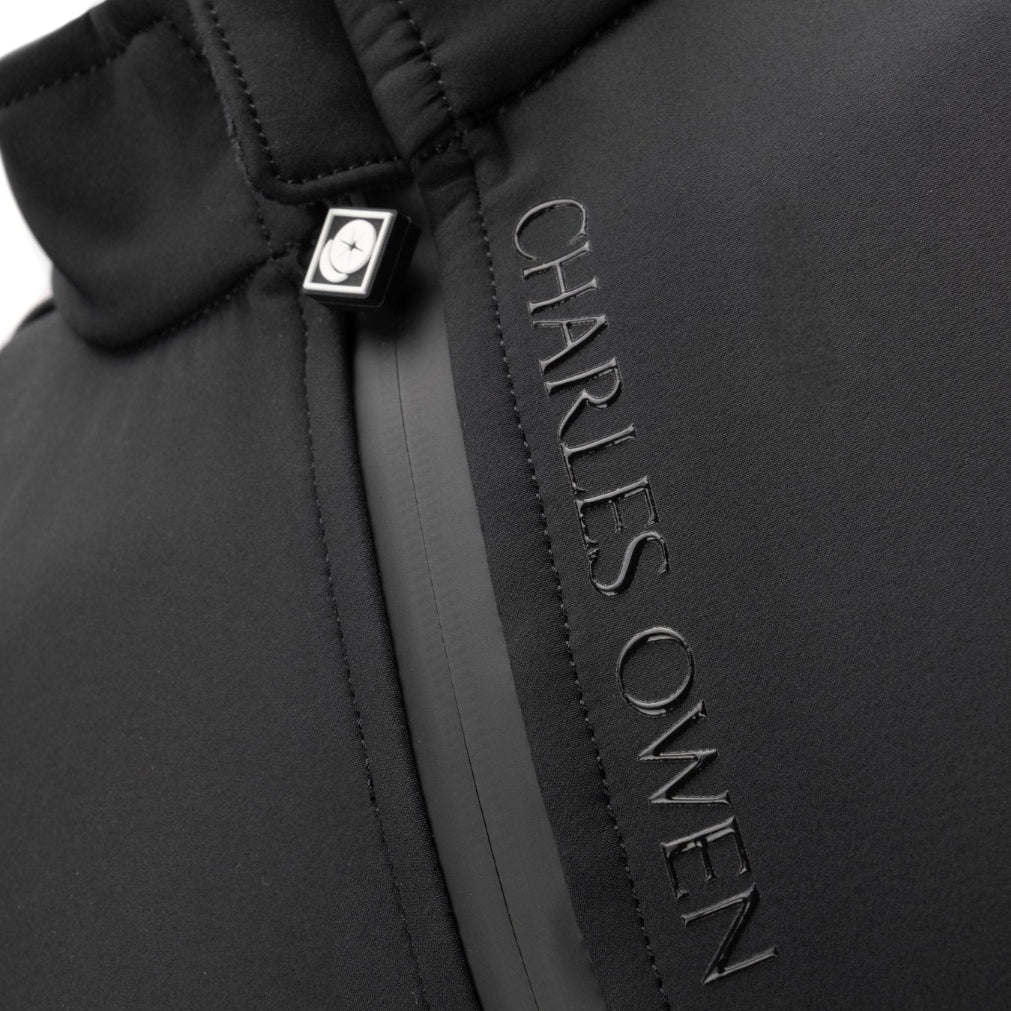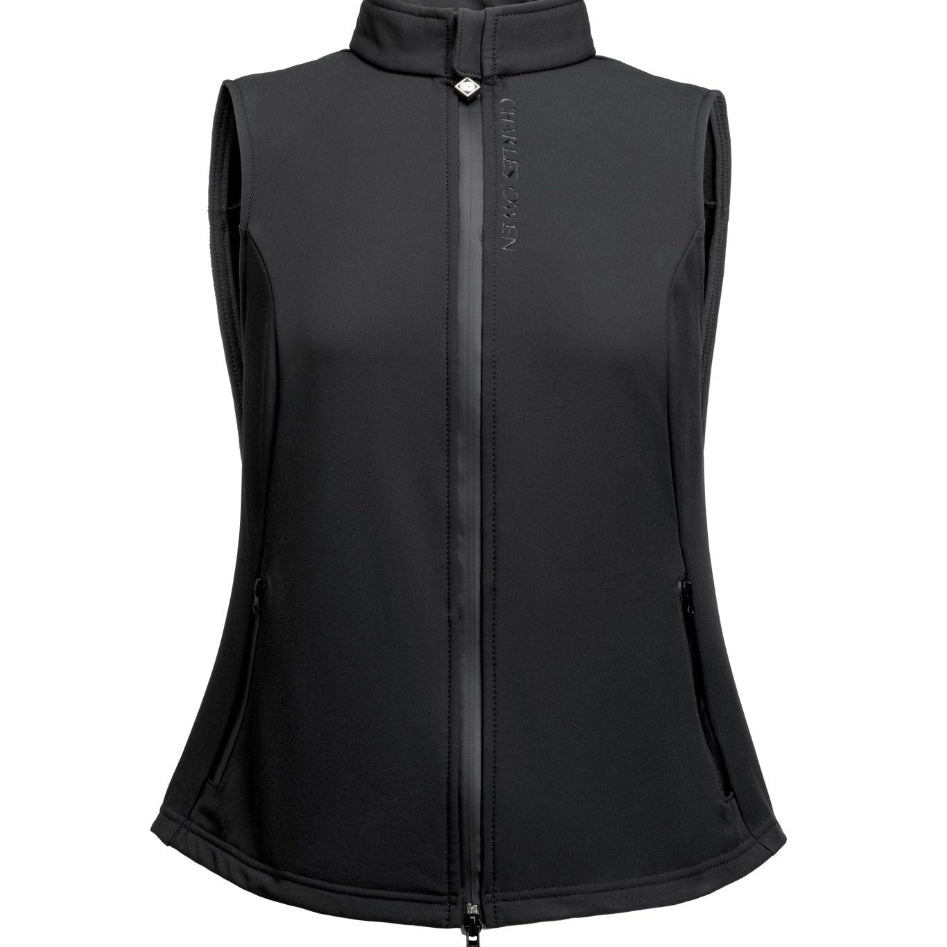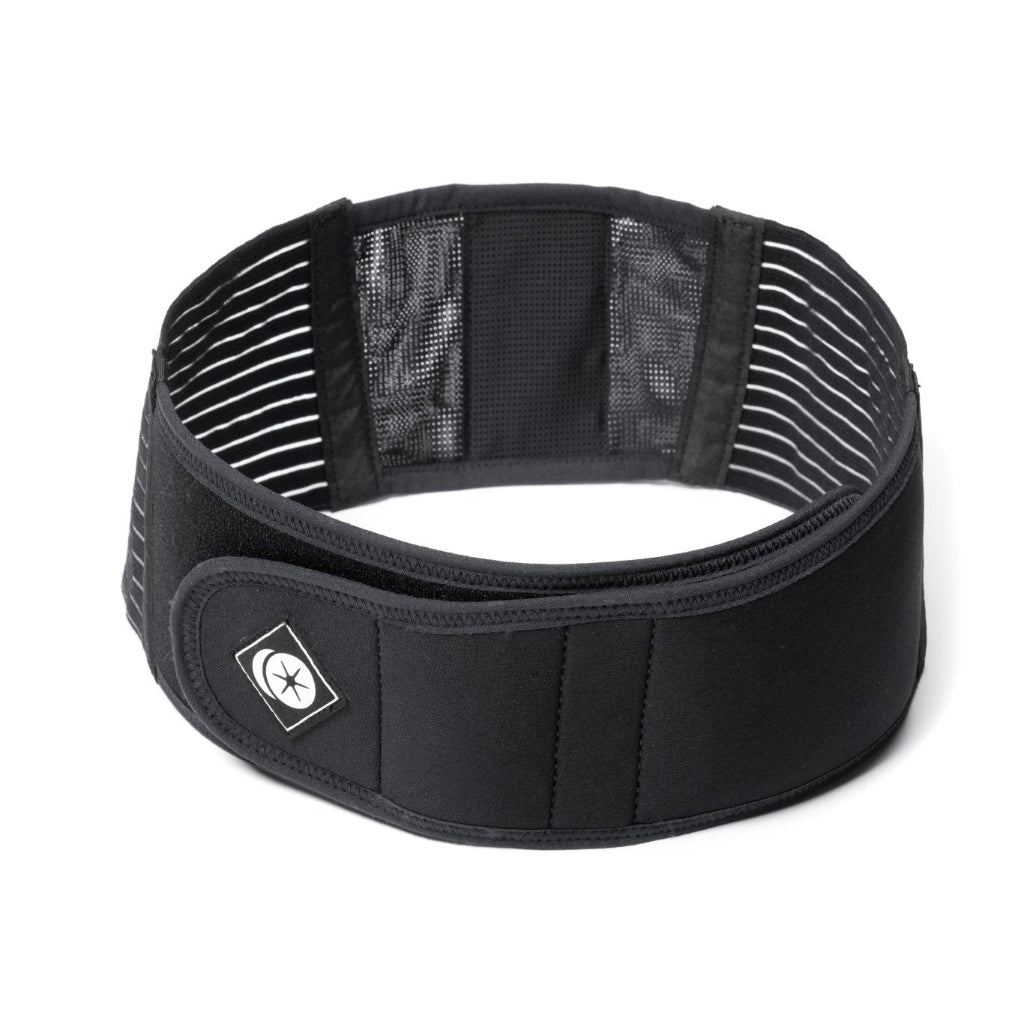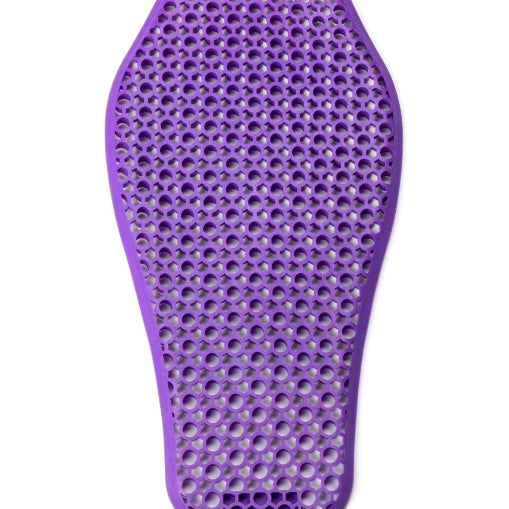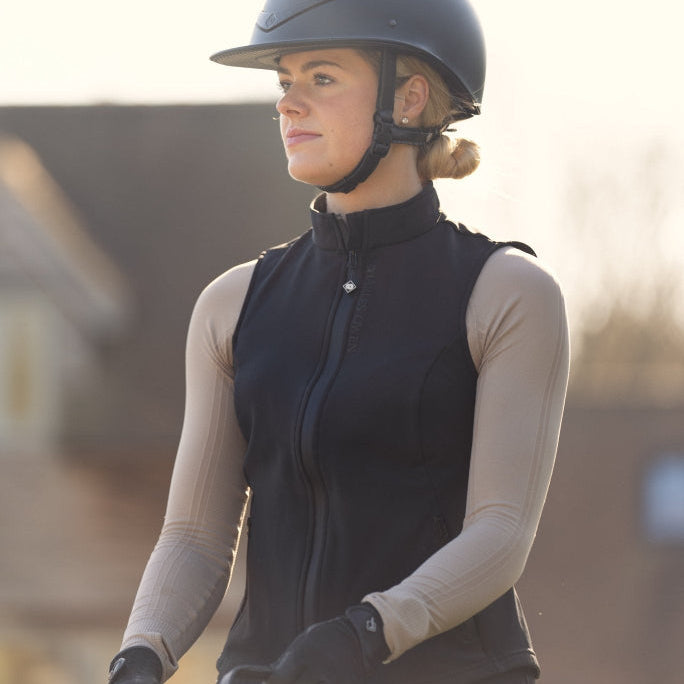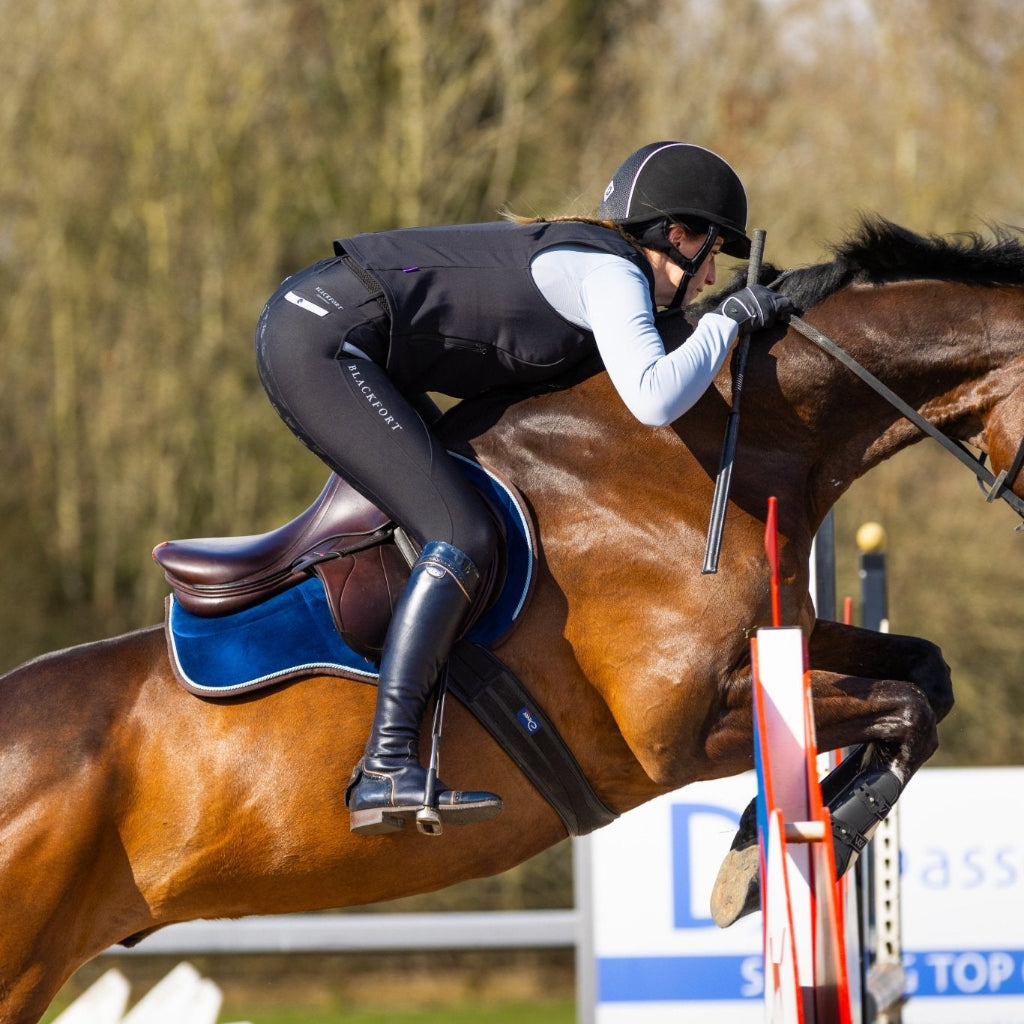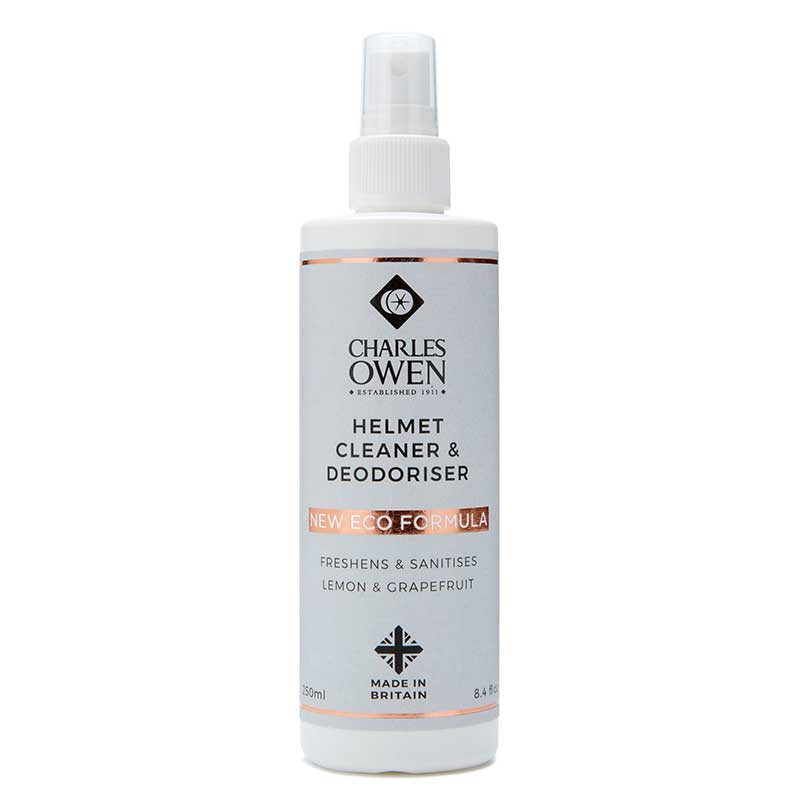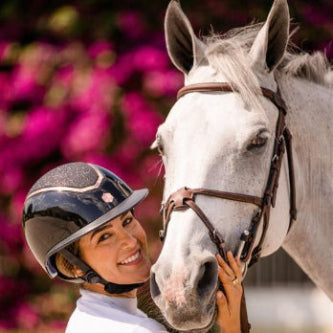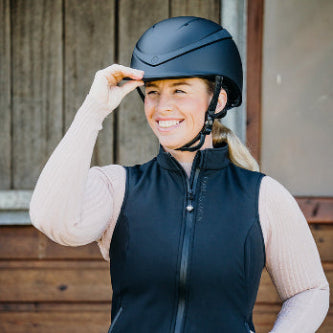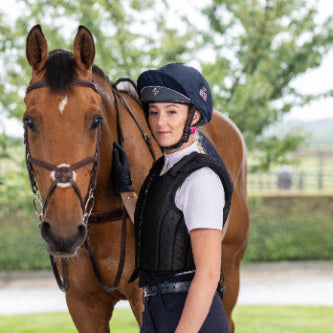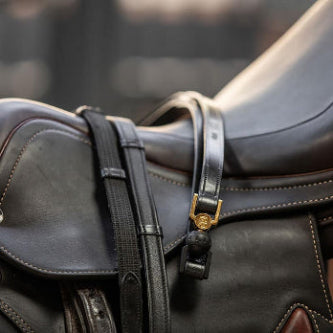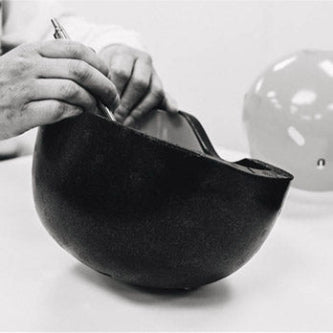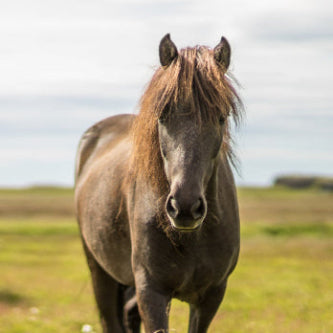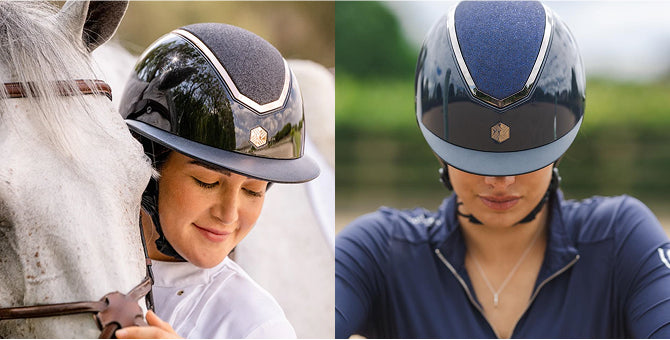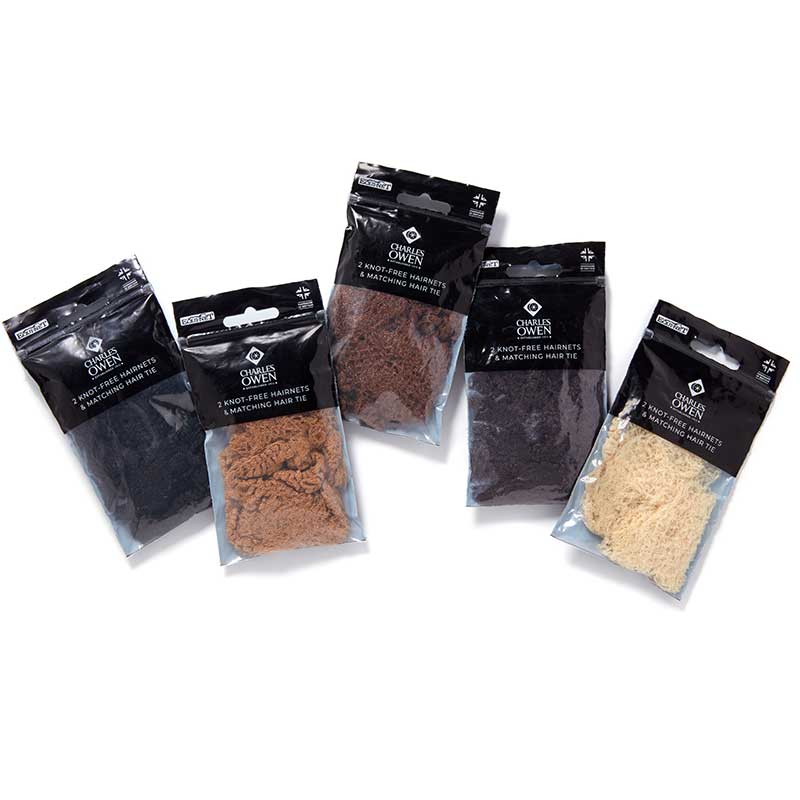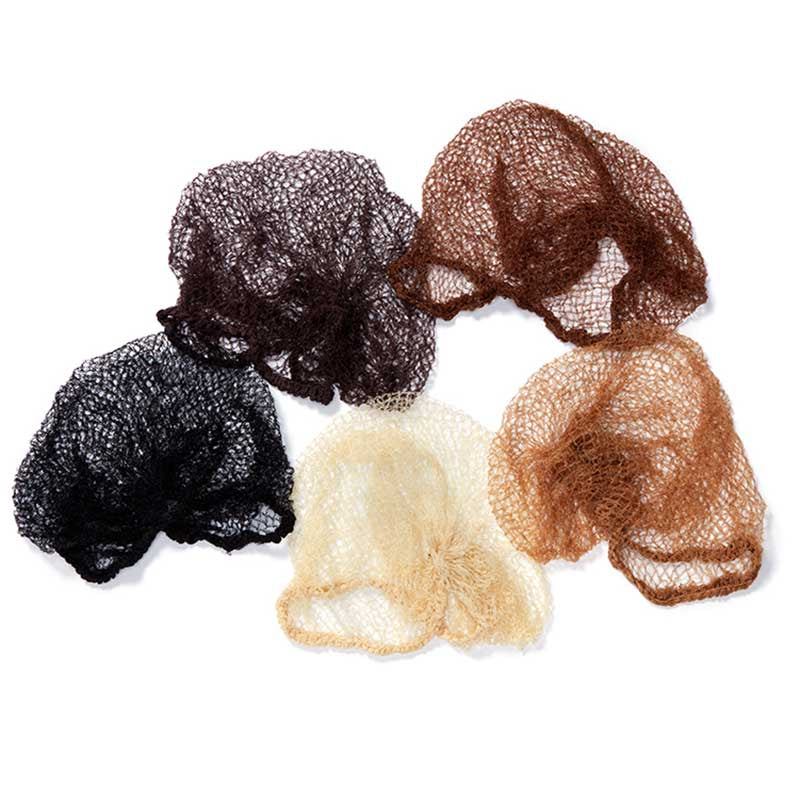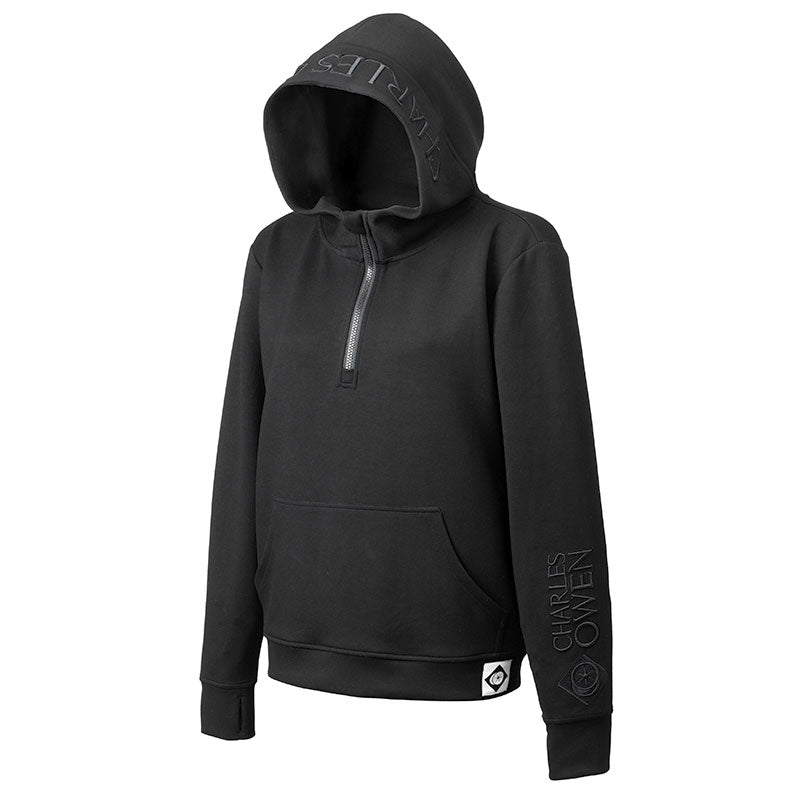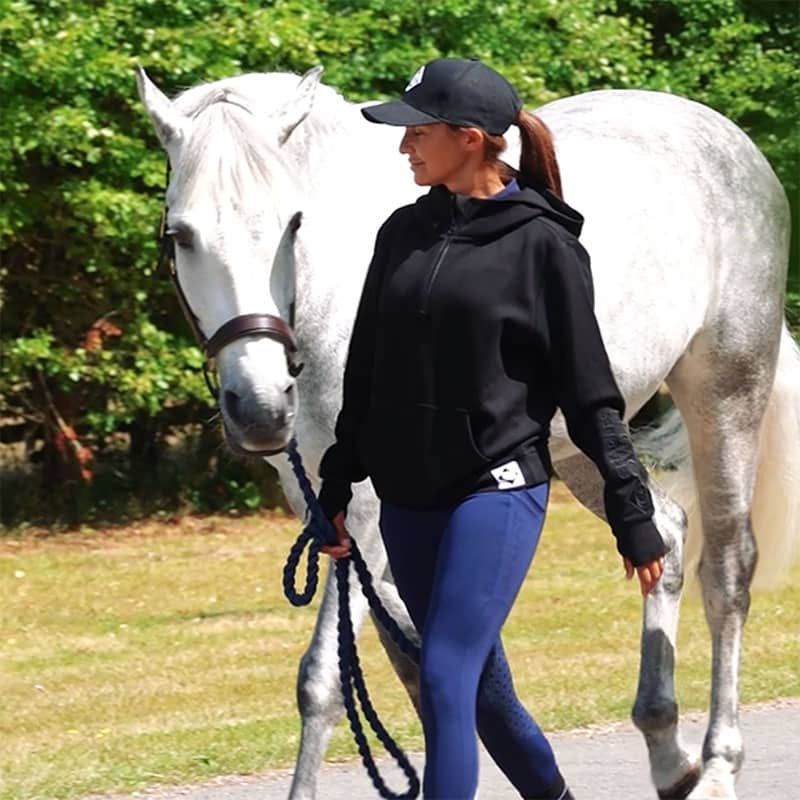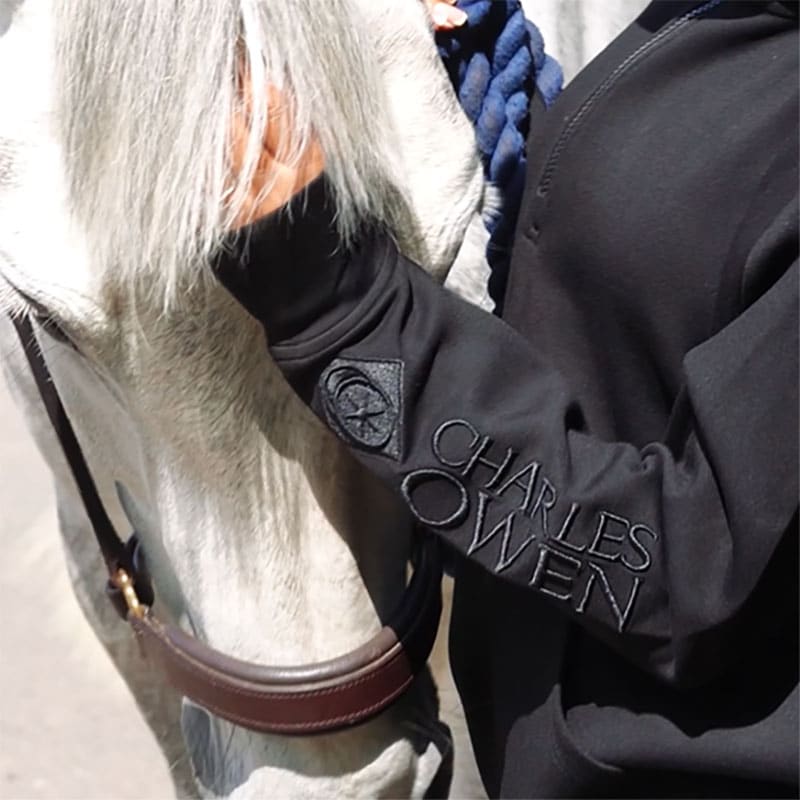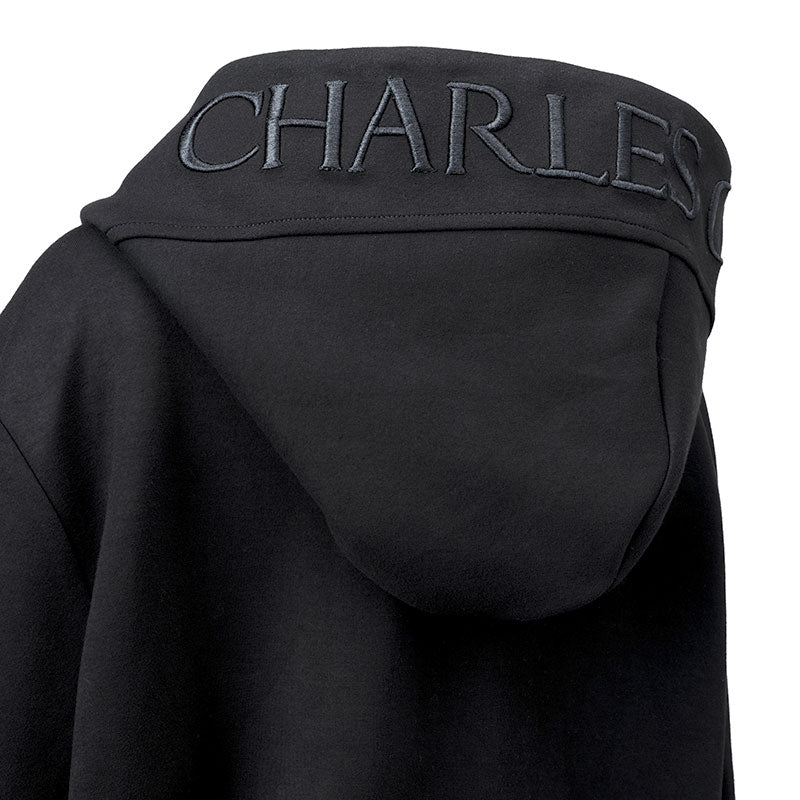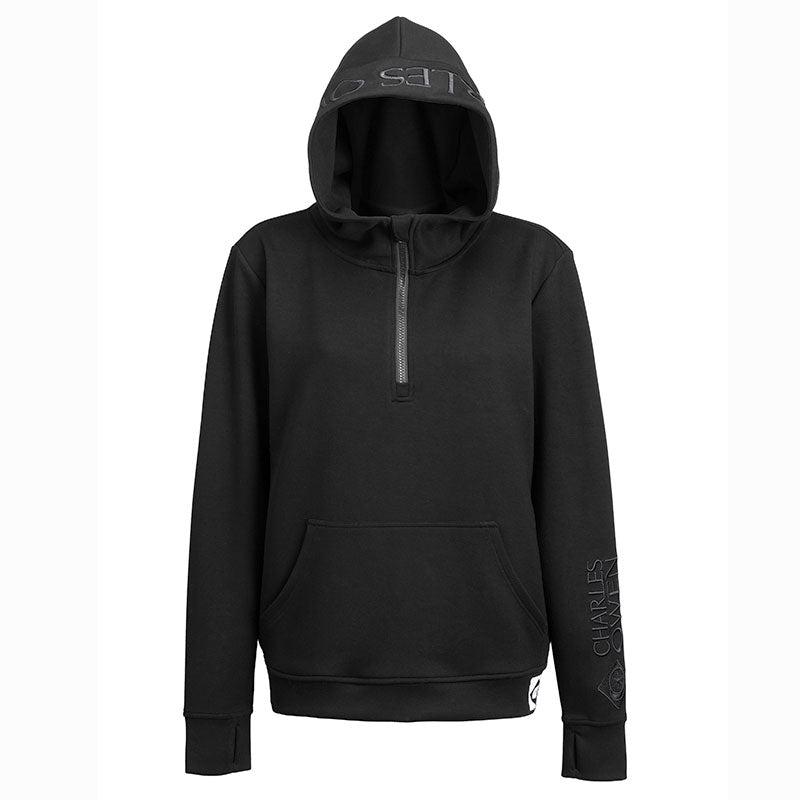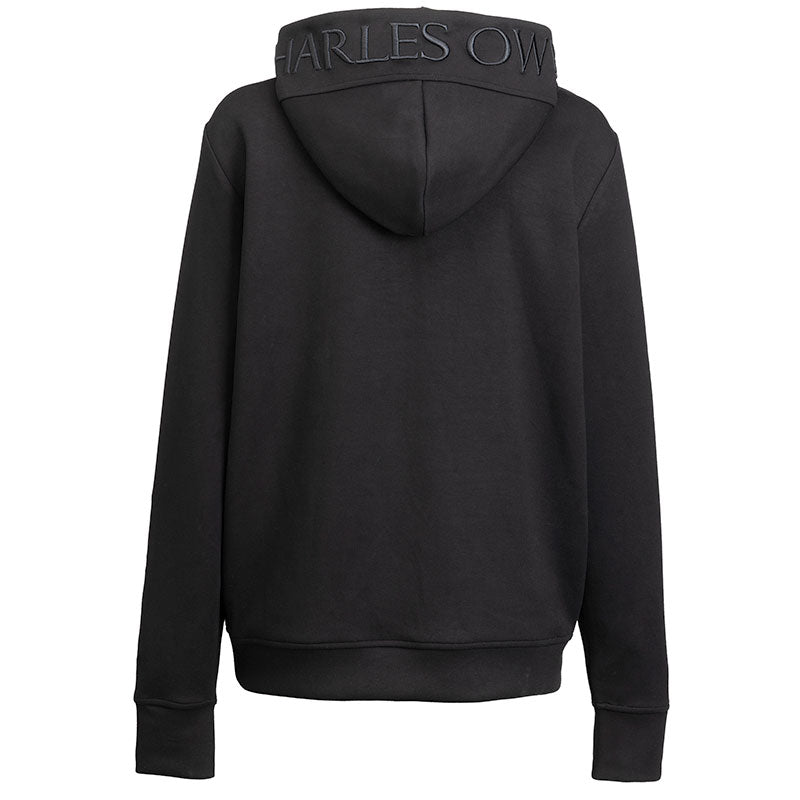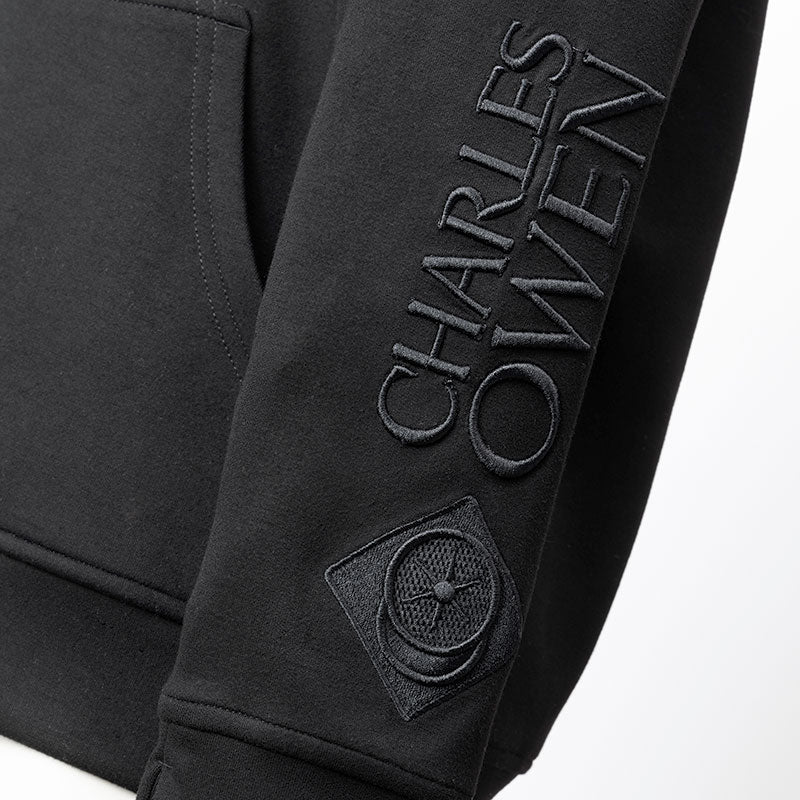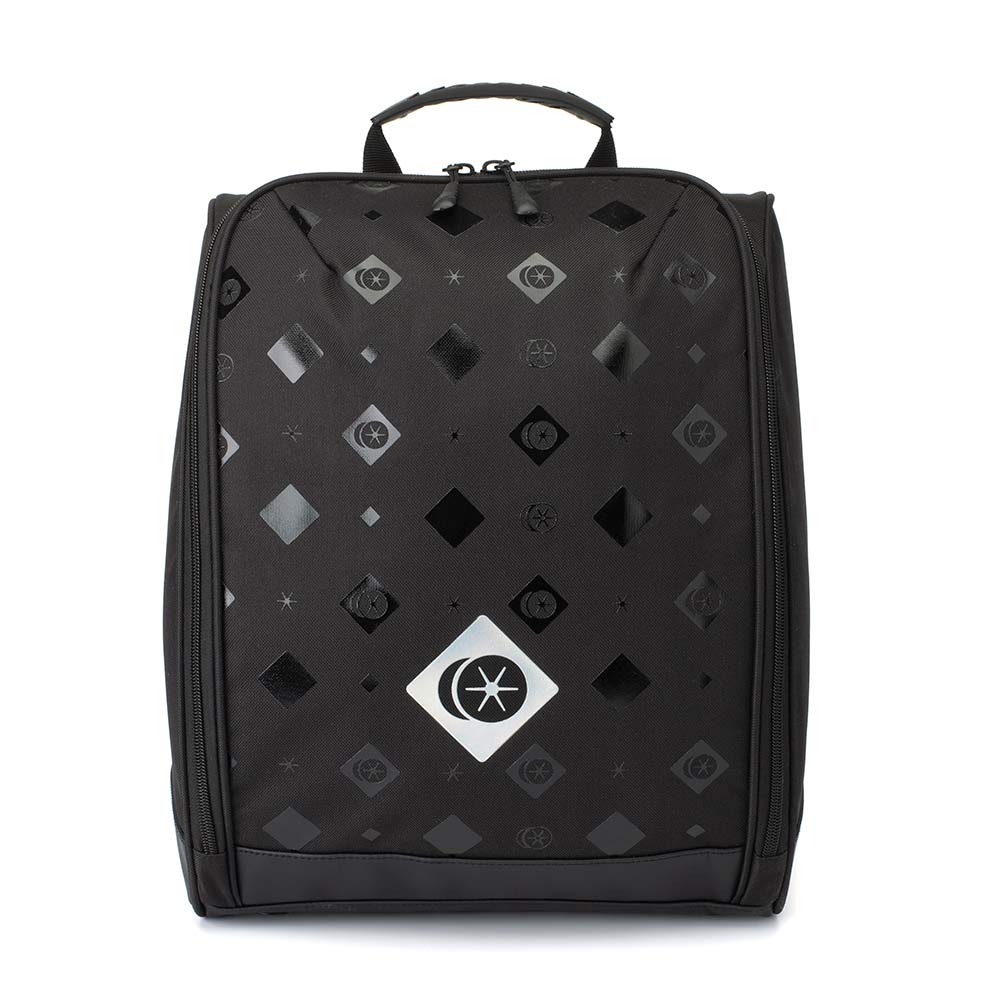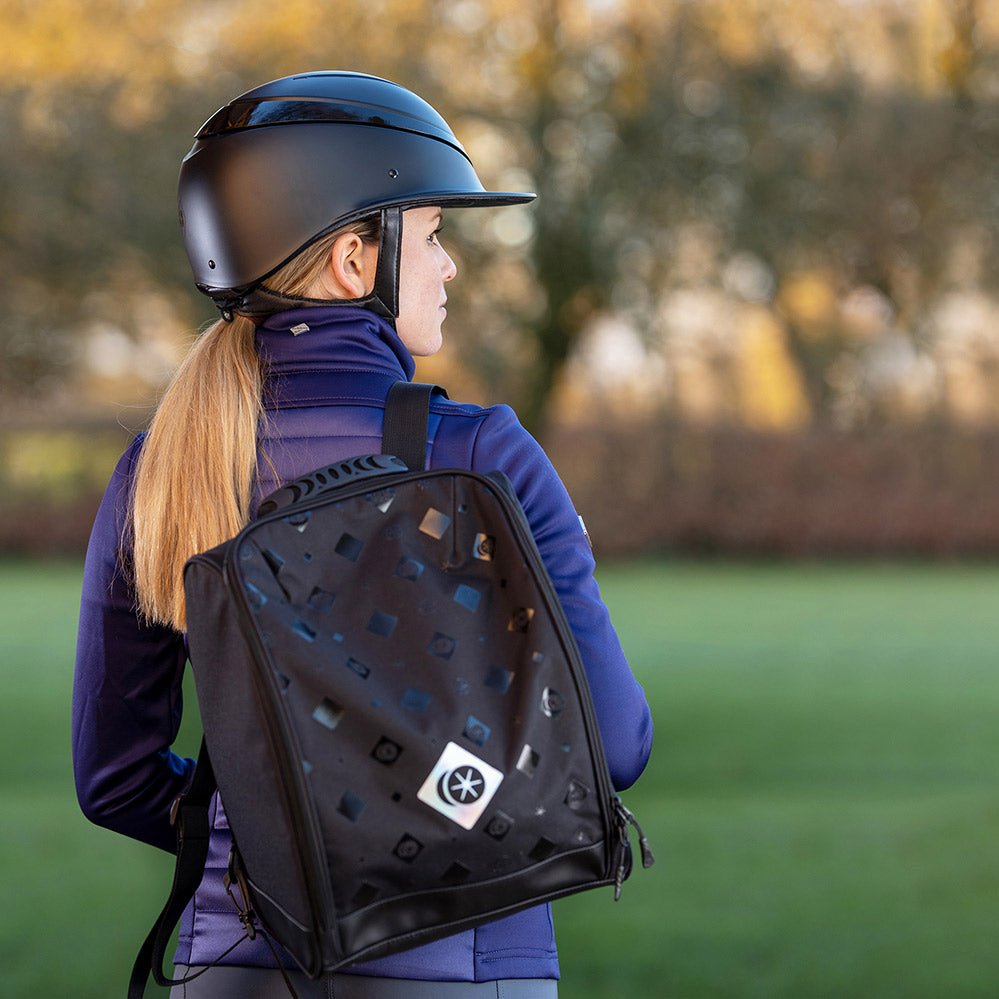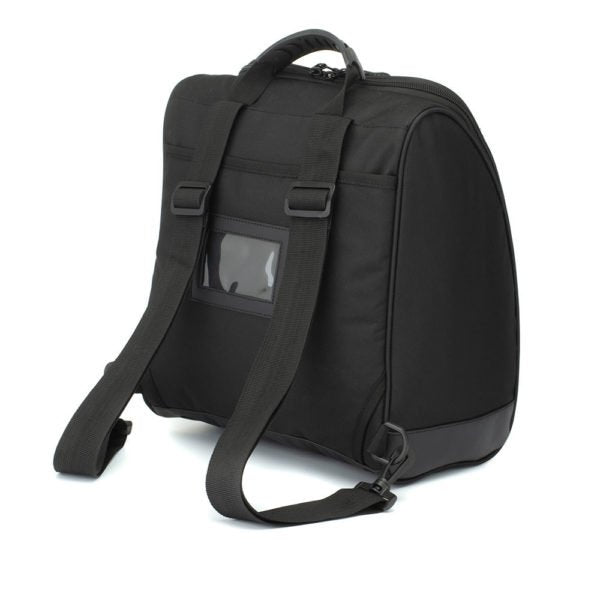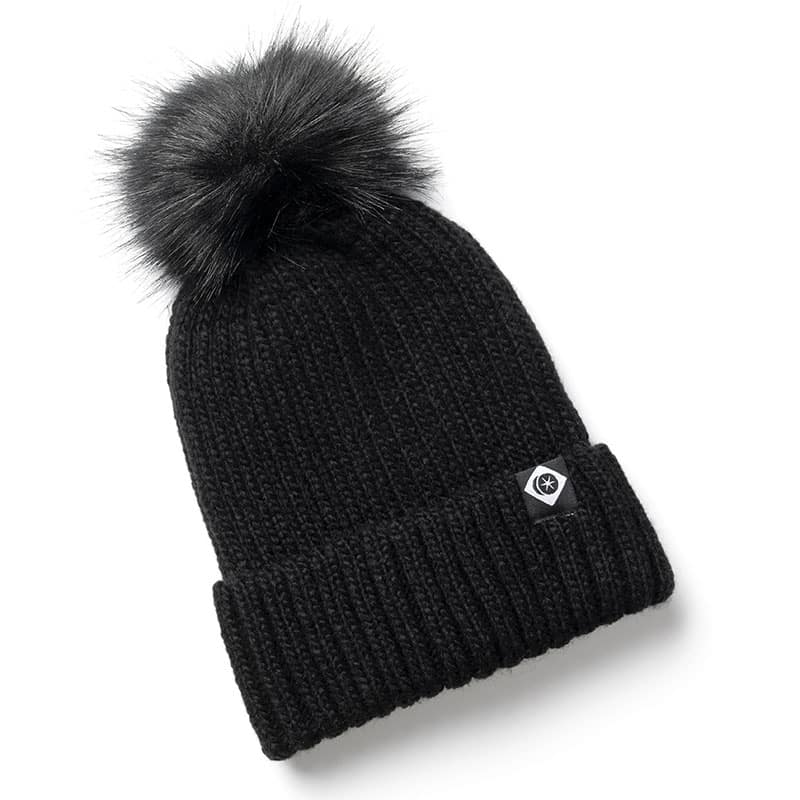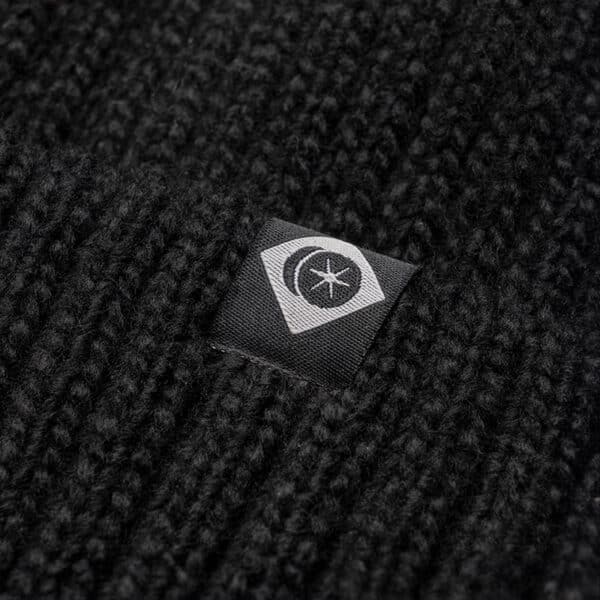Body protector safety standards

As with riding hats, body protector safety is controlled by the use of standards and certification marks.
Our body protectors are CE marked to EN 13158:2018 and annually retested to the BETA 2018 standard, meaning they consistently meet the very latest in safety standards.
Superior design and technology have allowed us to create body protectors that mould to the form of the rider and more effectively protect the vital organs and ribs in the event of a fall.
How do body protectors help?
Body protectors are designed to offer protection to a rider by absorbing the high levels of energy created when falling off a horse or being kicked or stepped on by a horse.
Body protectors DO:
- Protect the abdomen and internal organs.
- Protect the thorax (chest and ribs)
- Prevent against soft tissue injuries, including bruising, lacerations/cuts, abrasions/contact burn.
- Reduce injury.
Body protectors DO NOT:
- Offer direct spinal protection.
- Protect from crushing of the body.
- Protect against injuries involving severe torsion, flexion, or extension.
What are the safety standards?
There are three international equestrian safety standards for equestrian market body protectors:
- EN 13158 - European standard for equestrian body protectors
- ASTM F1937 - Standard specification for body protectors used in horse sports and horseback riding
- ASTM F2681 - Standard specification for protective headgear used in horse sports and horseback riding.
Three further motorcycle body protection standards are sometimes used for equestrian body protection: EN 1621-2, EN 1621-3 and EN 1621-4.
For example, the Shadow back protector is certified to EN1621-2-2014.
A back protector does not provide as much protection as a body protector, which also protects the ribs (see Kontor).
The CE mark indicates that the product conforms and has been tested to the PPE European Regulation 2016/425.
Certification organisations
These organisations ensure that equestrian safety gear is independently tested, reliable, and trustworthy for horse riders.
BETA (EN)

BETA (the British Equestrian Trade Association) plays a crucial role in certifying and labelling products to help riders easily identify which body protectors meet the safety requirements.
EN 13158 is a body protector standard with three primary components:
- It defines the area of the body that must be covered.
- Tests impact performance both on flat ground and fence rails.
- Measures the security of attachment to the wearer.
Impact testing is conducted at ambient temperatures (20°C), and an optional 30°C impact test is also available.
BETA’s certification includes ongoing testing and quality control, not just a one-time check. Manufacturers submit Annual and new production batches to ensure:
- Consistency of protection
- No drop in quality over time
For riders, a BETA label means:
- The protector has been tested to a recognized standard.
- It has passed additional BETA quality control.
- The level of protection is clearly marked and trustworthy.
Levels of protection

In 1995, BETA Level 1, 2, and 3 safety standards were introduced, with 1 being the lowest and 3 being the highest level of protection offered.
There are three levels of protection to cater for different riding activities. The latest European safety standard is EN 13158 and BETA 2018.
No body protector can prevent serious injury in certain accidents, but you can improve your chances of staying safe by choosing the highest safety level.
Level 1 (green label) = Minimal protection
- Designed only for licensed jockeys while racing.
- Offers lower protection to allow maximum freedom of movement and minimal bulk.
- Not suitable for general riding, eventing, or road use.
Level 2 (orange label) = Medium Protection
- Suitable for low-risk riding activities, such as hacking or recreational riding in controlled environments.
- Provides less coverage and impact protection than Level 3.
- May be preferred by riders looking for more flexibility with moderate protection.
Level 3 (blue label) = High Protection
Designed for all types of equestrian activities, including:
- Cross-country/eventing
- Riding on roads
- Handling unpredictable horses
- Offers the highest level of impact protection and the most body coverage.
- Recommended for all riders — adults and children — in most situations.
SEI

SEI is not part of ASTM, it’s an independent third-party certification body.
Once ASTM creates the safety standard (e.g., ASTM F1163 for riding helmets), SEI is responsible for verifying that products comply with it in practice.
ASTM F1937 is a standard that specifies:
- Impact absorption (how well the vest protects the torso from falls or kicks)
- Coverage zones (which parts of the torso must be protected)
- Durability (how well it holds up to wear and environmental conditions)
- Closure systems and fit (ensuring the vest stays secure and in place)
- Labelling requirements (for traceability and user guidance)
Testing procedures include a shock attenuation test, a penetration and deformation test, an impact sites test, a padding separation test, and a closure test.
These tests are done in four conditions: ambient temperature, low temperature, high temperature, and water immersion.
ASTM F2681 is a standard for body protectors that covers the minimum performance criteria and outlines test methods for body protectors that will be used specifically for horse racing.
Charles Owen body protectors conform to the European standard EN 13158:2018 and are CE marked to show their compliance to the European regulation (EU) 2016/425.
Our body protectors also conform to the appropriate BETA standards.
